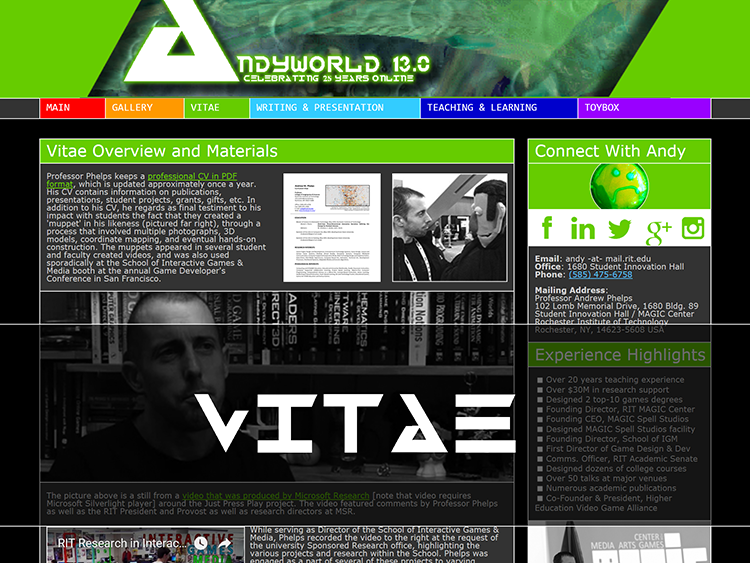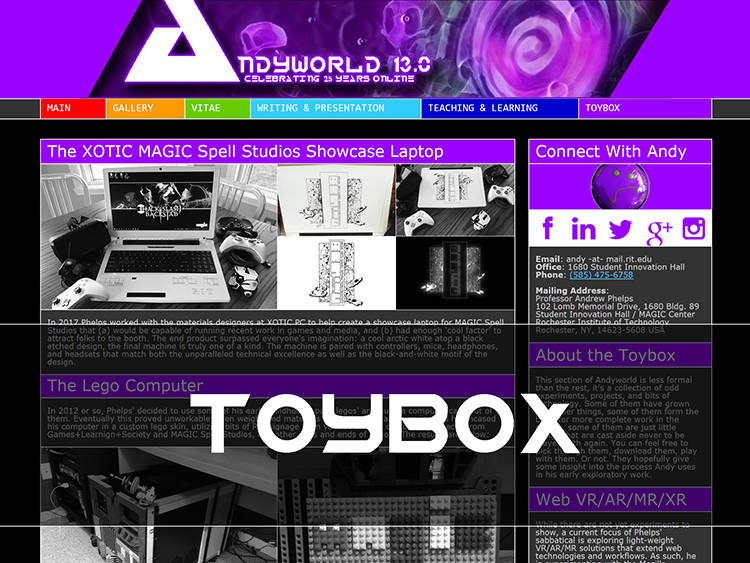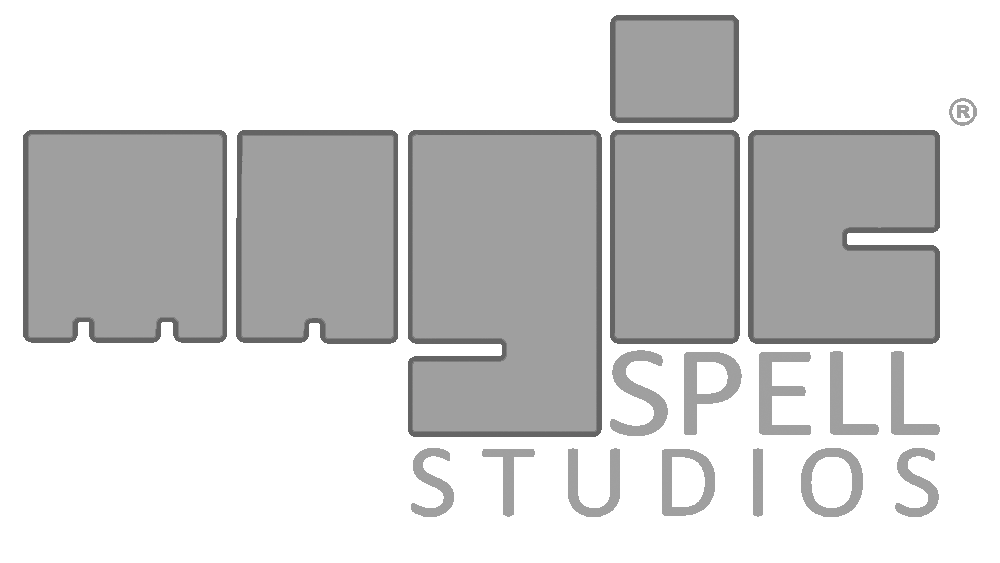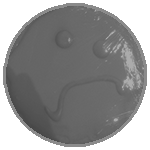Witch's Way: Chapter 2 (2022-present)
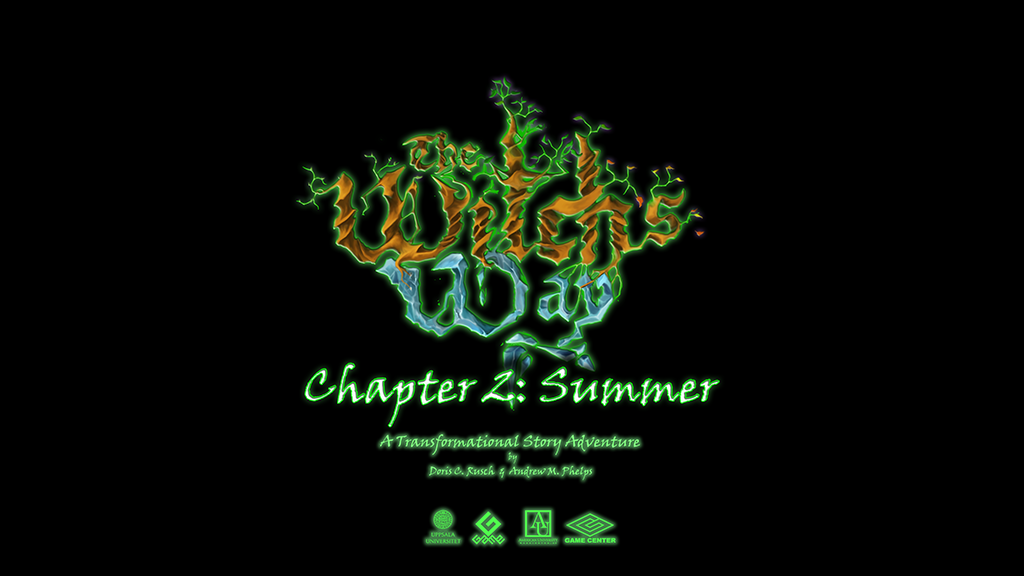
Notes & Updates:
![]() We are hard at work on the next chapter of the Witch's Way, as well as other related goodies and content... check back soon!
We are hard at work on the next chapter of the Witch's Way, as well as other related goodies and content... check back soon!
The Witch's Way: Chapter 1 (2020-2021)
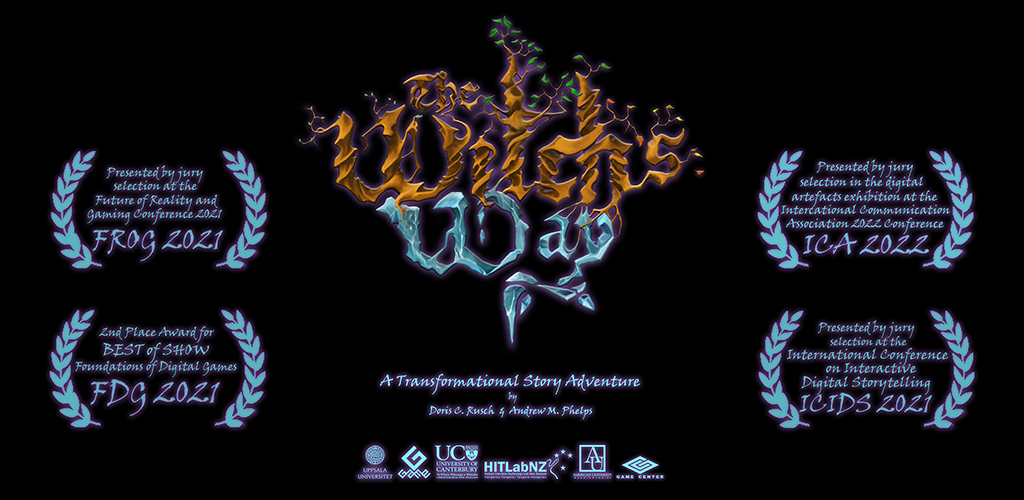

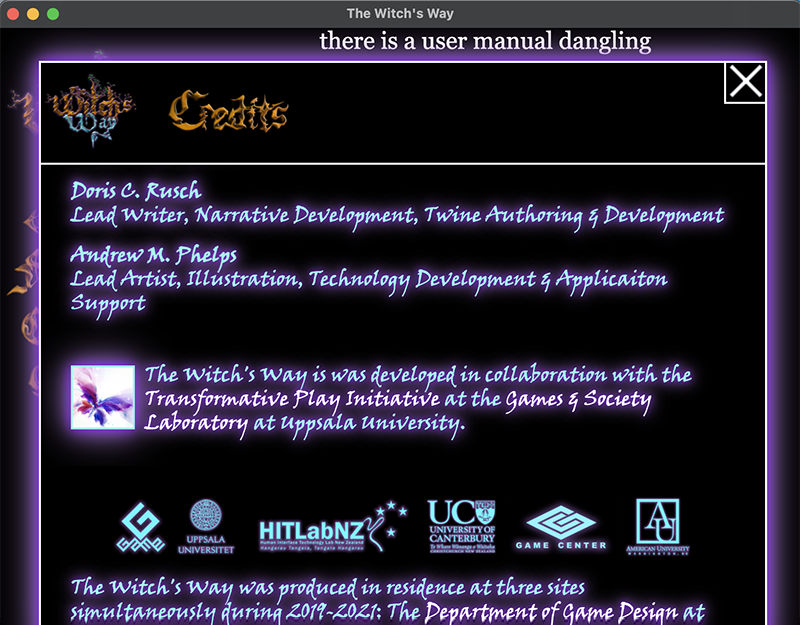
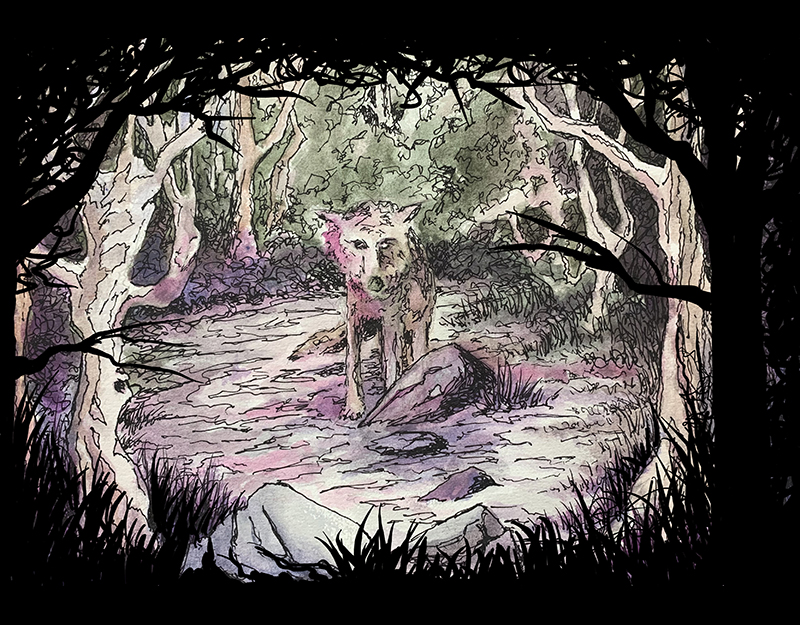
The Witch's Way is an interactive story adventure that is a collaborative endeavor with Prof. Doris C. Rusch at the Department of Game Design at Uppsala University in Gotland, Sweden. In addition to standing on its own as a game experience, the Witch's Way also seeks to illustrate design principles with respect to designing games for transformative play. The authors have collaborated over the past several years in the creation of a design framework for transformational, existential games, and a brief bibliography of work in this area is listed below. It is our hope that this game helps serve as an example of the design model as developed thus far, as well as being a moving experience for our players.
Additional Resources:
![]() Play the Witch's Way at Itch.io (online, MacOS, and Windows)
Play the Witch's Way at Itch.io (online, MacOS, and Windows)
![]() Download the source files for The Witch's Way (coming soon!)
Download the source files for The Witch's Way (coming soon!)
Recent Publications on the Underlying Design Model:
![]() Rusch, D.C. and Phelps, A. (2021) "Games of the Soul." In A Ludic Society by Denk, et al. (pp. 102–126). Donau-Universität Krems, Universitätsbibliothek. ISBN-13: 978-3903150720. Available on Amazon.
Rusch, D.C. and Phelps, A. (2021) "Games of the Soul." In A Ludic Society by Denk, et al. (pp. 102–126). Donau-Universität Krems, Universitätsbibliothek. ISBN-13: 978-3903150720. Available on Amazon.
![]() Rusch, Doris C and Andrew M. Phelps (2021) Games of the Soul. Recordings of the 14th Annual Future and Reality of Gaming (FROG) Vienna Conference. Keynote Address available via YouTube [Video stream: 31min.]
Rusch, Doris C and Andrew M. Phelps (2021) Games of the Soul. Recordings of the 14th Annual Future and Reality of Gaming (FROG) Vienna Conference. Keynote Address available via YouTube [Video stream: 31min.]
![]() Rusch, D.C. and Phelps, A. (2021) "The Witch’s Way: A Transformational Story Adventure: Theorizing a Model for Existential, Transformative Game Design via the Creation and Analysis of an Experimental Sample Work." Foundations of Digital Games 2021 Conference (FDG21). Games & Demos. Winner of 2nd place for best-of-show award.
Rusch, D.C. and Phelps, A. (2021) "The Witch’s Way: A Transformational Story Adventure: Theorizing a Model for Existential, Transformative Game Design via the Creation and Analysis of an Experimental Sample Work." Foundations of Digital Games 2021 Conference (FDG21). Games & Demos. Winner of 2nd place for best-of-show award.
![]() Phelps, A., and Doris C. Rusch (2020) "Navigating Existential, Transformative Game Design." Digital Games Research Association (DiGRA) 2020. Center of Excellence in Game Culture Studies. Tampere, Finland.
Phelps, A., and Doris C. Rusch (2020) "Navigating Existential, Transformative Game Design." Digital Games Research Association (DiGRA) 2020. Center of Excellence in Game Culture Studies. Tampere, Finland.
![]() Rusch, Doris C and Andrew M. Phelps (2020, November 4) Existential Transformational Game Design: Harnessing the “Psychomagic” of Symbolic Enactment. Frontiers in Psychology. 11:571522. doi: 10.3389/fpsyg.2020.571522
Rusch, Doris C and Andrew M. Phelps (2020, November 4) Existential Transformational Game Design: Harnessing the “Psychomagic” of Symbolic Enactment. Frontiers in Psychology. 11:571522. doi: 10.3389/fpsyg.2020.571522
Fragile Equilibrium (2016-2019)
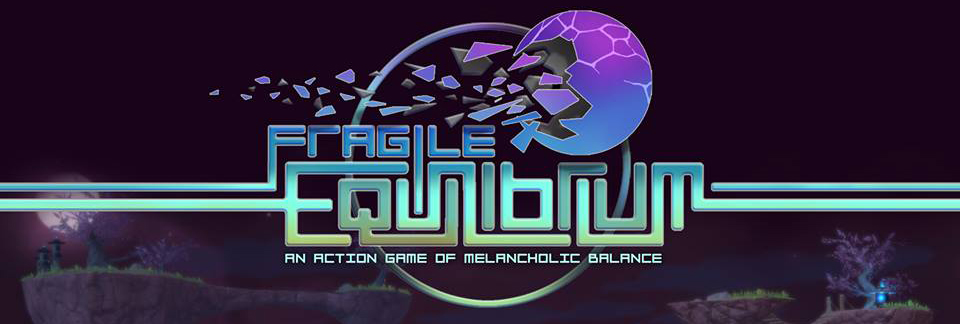
Fragile Equilibrium is a game about the imperfection and impermanence of life. It is a reflection on transience, a balancing act between progress and regrowth, a reminder to find beauty in decay and inevitable destruction. Using old-school “shmup” mechanics and forms, [FE] invites the player to explore a world of quick actions, forced decisions, and subtle strategy: but with each decision, the player falls ever out of balance.
As balance decays so does the world, eroding over time and out of space, binding the player to a smaller area, pressing in upon the mind. Built upon multi-layered interactions, a Wabi Sabi aesthetic idealism, and a rich, broken world of yesterdays fantasies, [FE] asks the player to reflect upon their play, their world, their nostalgia, and themselves. Find your balance, live a life well played.
[FE] was developed in collaboration with Microsoft as a part of the new Creators Program, and was built simultaneously for Windows PCs and XBOX One, using Unity 3D. Production tools include Adobe Creative Cloud, Autodesk Maya, Surface Painter, Visual Studio, and more. Professor Phelps worked with students in the fall of 2016 and again in fall of 2017 as part of his course on game production, and then with his team of students directly in studio roles, along with co-creator and collaborator Aaron Cloutier at MAGIC Spell Studios. The game was released in December of 2018 for XBOX One, Windows Store, Steam, and on itch.io.
As a work of art, [FE] is a thinly veiled allegory for dealing with depression and anxiety: it is intended specifically to create in the player the sense of being 'squeezed', a slowly building pressure and feeling of being trapped, and to lead players to reflect on balancing their forward progress with a constant need to reconsider, rebuild, and refocus on internally facing (i.e. inward facing) issues and obstacles. It challenges players to find a Fragile Equilibrium in their own play, as a metaphor for conveying issues of instability.
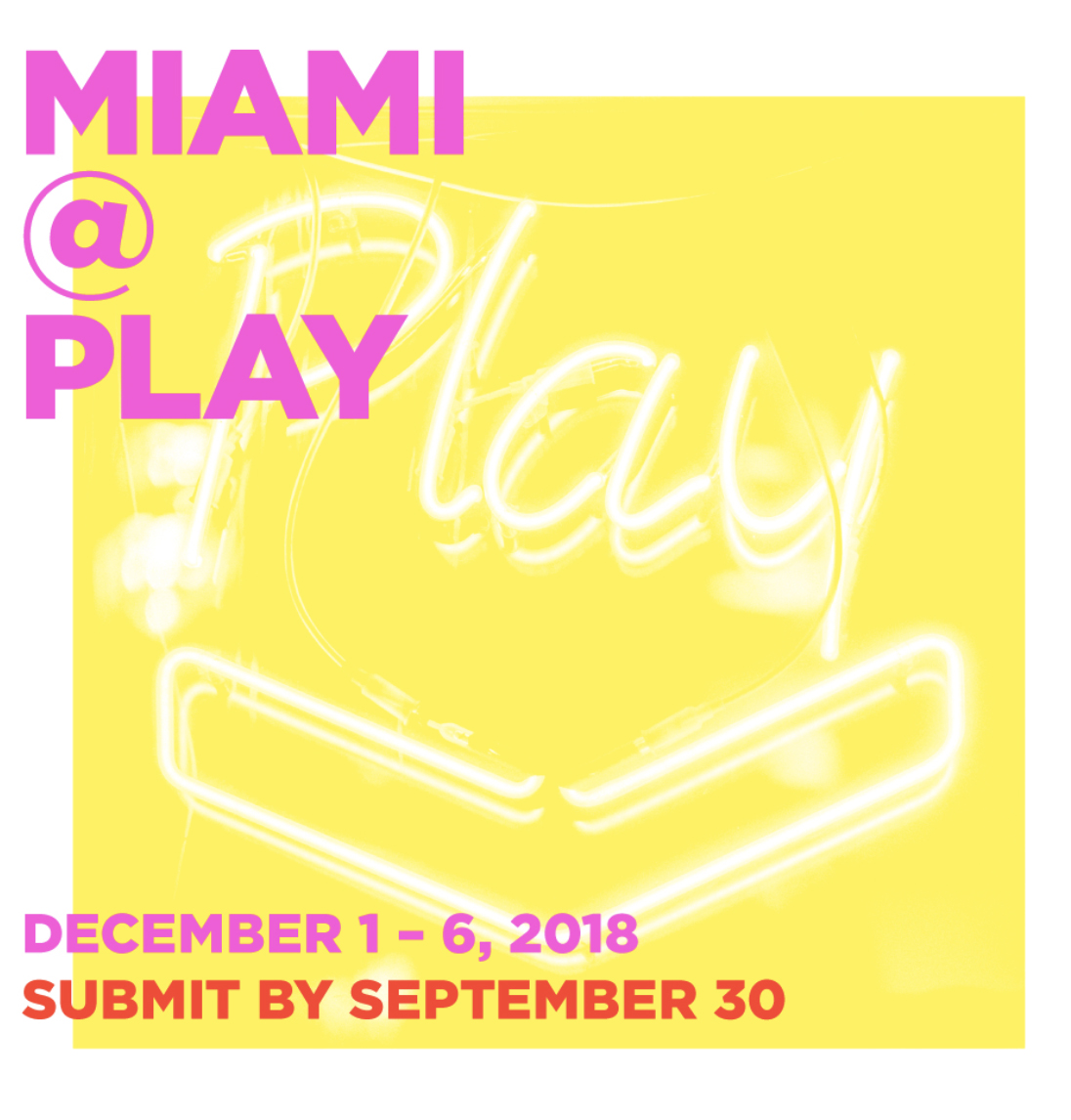
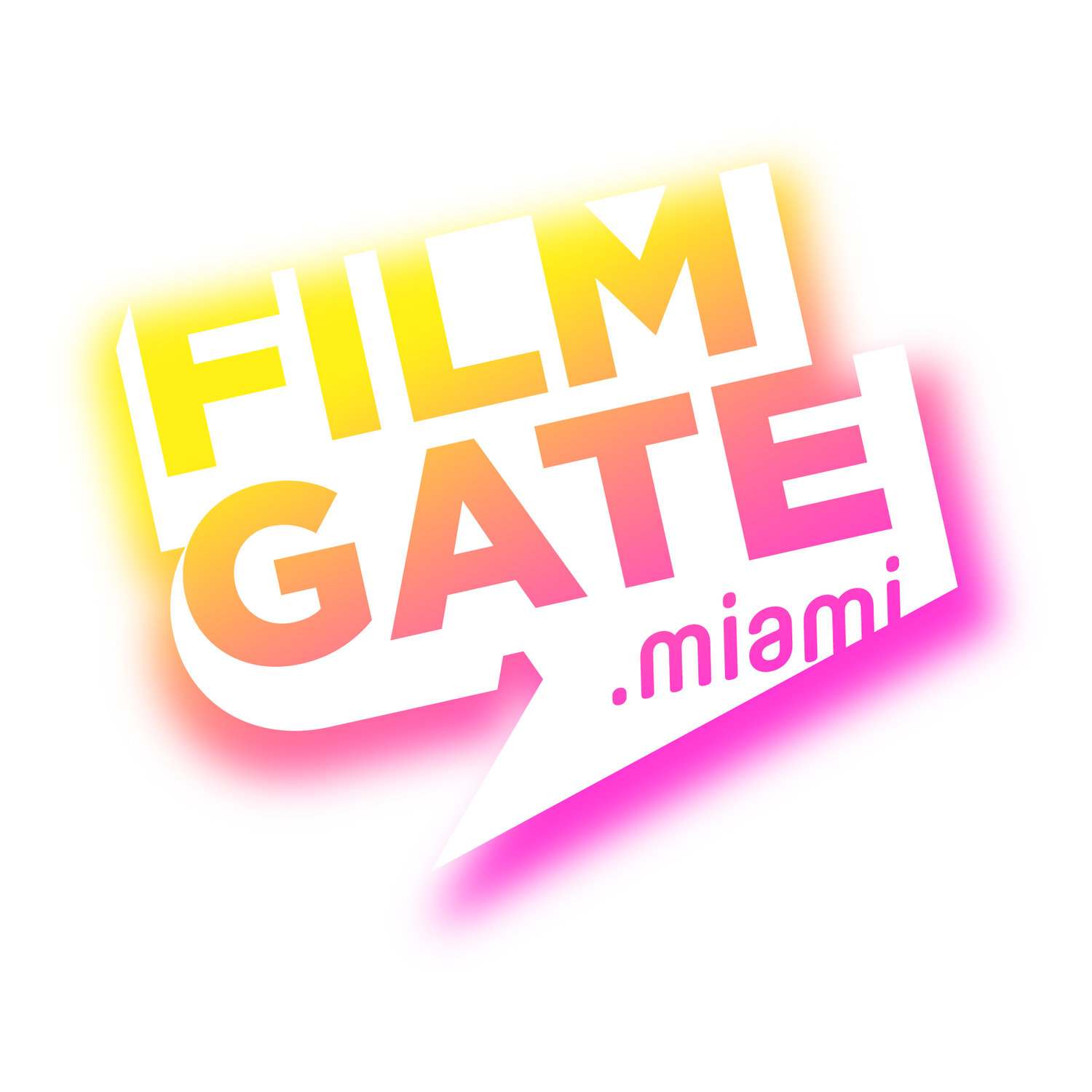 It is with great pleasure that we announce that Fragile Equilibrium is an official selection for Miami@Play in December 2018, curated and organized in collaboration with Filmgate Miami, and shown in conjunction with Art Basel 2018.
It is with great pleasure that we announce that Fragile Equilibrium is an official selection for Miami@Play in December 2018, curated and organized in collaboration with Filmgate Miami, and shown in conjunction with Art Basel 2018.
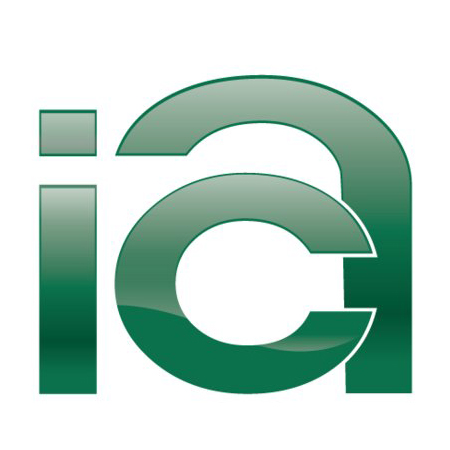
 By independent jury selection, Fragile Equilibrium will be shown at the ICA Games "Ante-Conference", sponsored in collaboration by the International Communication Association Games Studies Division, the American University School of Communication, the AU Game Lab, numerous other universities, the Higher Education Video Game Alliance, and the Entertainment Software Association. In addition to a presentation there will be a live demo/gallery available to attendees. May 2019.
By independent jury selection, Fragile Equilibrium will be shown at the ICA Games "Ante-Conference", sponsored in collaboration by the International Communication Association Games Studies Division, the American University School of Communication, the AU Game Lab, numerous other universities, the Higher Education Video Game Alliance, and the Entertainment Software Association. In addition to a presentation there will be a live demo/gallery available to attendees. May 2019.
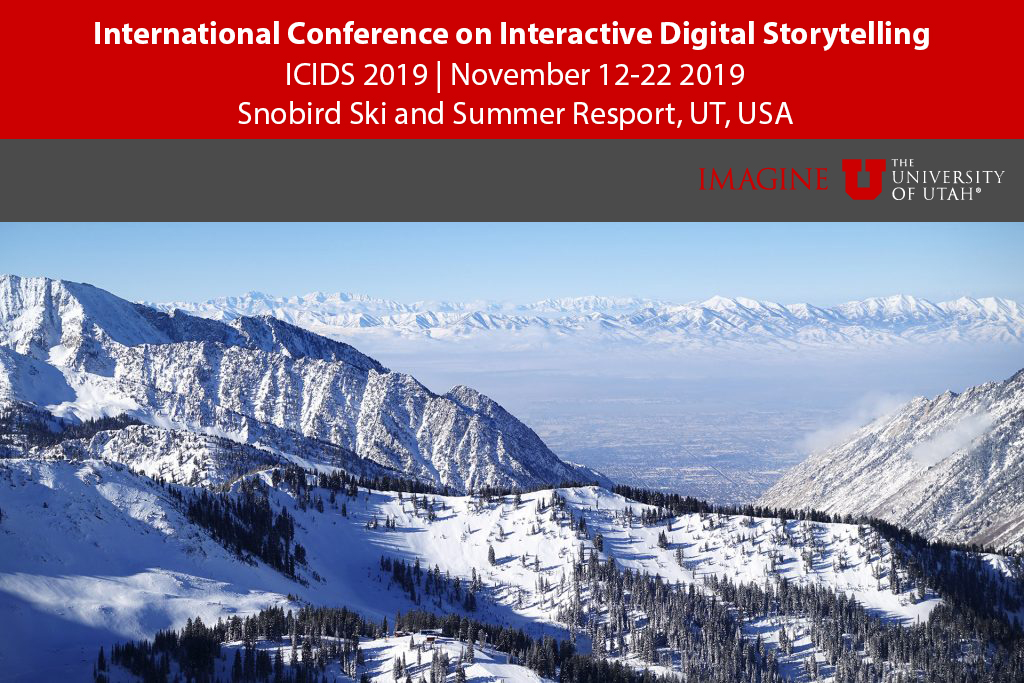 By independent jury selection and curatorial review, Fragile Equilibrium is a selected work at the 11th Annual International Conference on Interactive Digital Storytelling (ICIDS) 2019 Art Exhibit. The conference program committee is represented here, and the specifics of the art show are available here. The conference is hosted in 2019 by the University of Utah Entertainment Arts & Engineering program at Snowbird. Fragile Equlibrium was the winner of the 'Excellence in Visual Design' Award at the opening reception, an independent judges award separate from selection.
By independent jury selection and curatorial review, Fragile Equilibrium is a selected work at the 11th Annual International Conference on Interactive Digital Storytelling (ICIDS) 2019 Art Exhibit. The conference program committee is represented here, and the specifics of the art show are available here. The conference is hosted in 2019 by the University of Utah Entertainment Arts & Engineering program at Snowbird. Fragile Equlibrium was the winner of the 'Excellence in Visual Design' Award at the opening reception, an independent judges award separate from selection.

 In addition, Fragile Equilibrium is an official selection of the Open World Arcade on December 7th 2019, a part of the Open World: Video Games & Contemporary Art exhibit at the Akron Museum of Art. More information on the show is available here.
In addition, Fragile Equilibrium is an official selection of the Open World Arcade on December 7th 2019, a part of the Open World: Video Games & Contemporary Art exhibit at the Akron Museum of Art. More information on the show is available here.
Open World is organized by the Akron Art Museum and supported by the John S. and James L. Knight Foundation, the Ohio Arts Council, The Tom and Marilyn Merryweather Fund, the Akron Community Foundation and the National Endowment for the Arts. Media Sponsorship is provided by Western Reserve PBS.





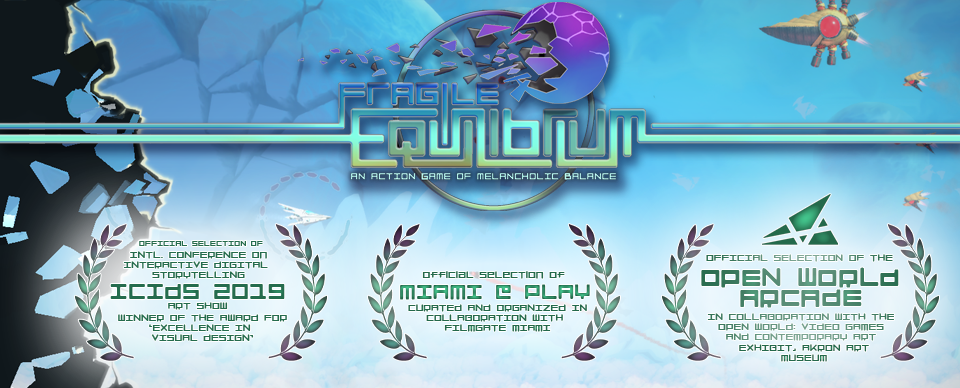
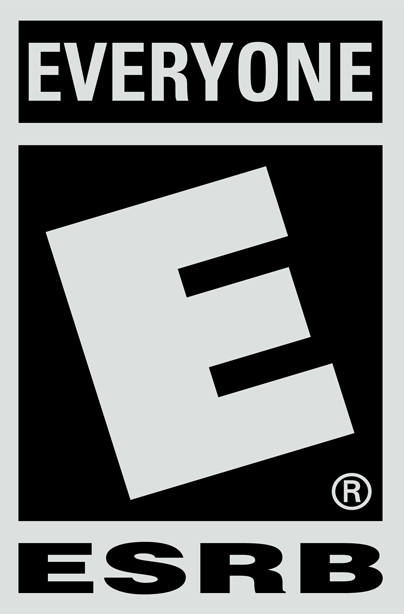 Fragile Equilibrium is rated E by the ESRB, and may contain small amounts of cartoon violence. More information on ratings and their meanings is availble via the Entertainment Software Ratings Board.
Fragile Equilibrium is rated E by the ESRB, and may contain small amounts of cartoon violence. More information on ratings and their meanings is availble via the Entertainment Software Ratings Board.
Additional Resources:
![]() Visit the FE website for all things FE!
Visit the FE website for all things FE!
![]() Follow FE development on the FE Facebook page
Follow FE development on the FE Facebook page
![]() Read the Extended Artist's Statement on Medium
Read the Extended Artist's Statement on Medium
![]() Play the game on XBOX ONE
Play the game on XBOX ONE
![]() Play the game on the Windows Store
Play the game on the Windows Store
![]() Play the game on Steam
Play the game on Steam
![]() Play the game on itch.io
Play the game on itch.io


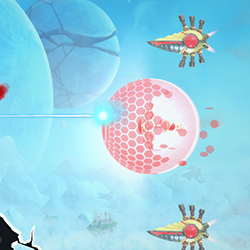
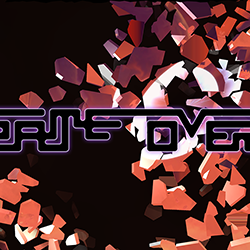
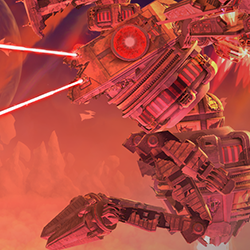
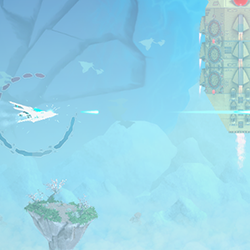
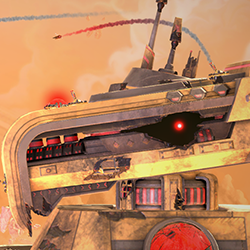
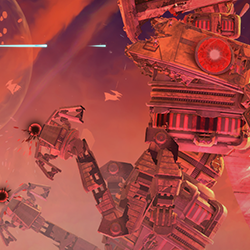
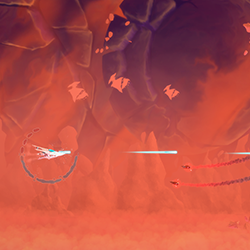
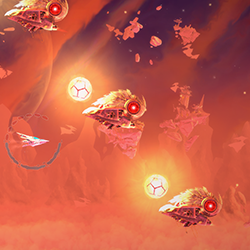
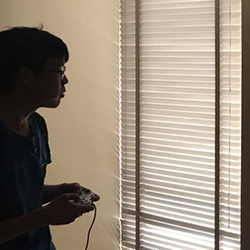
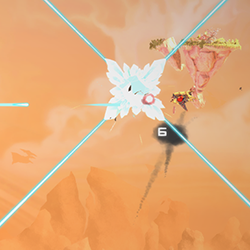


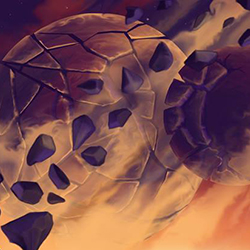
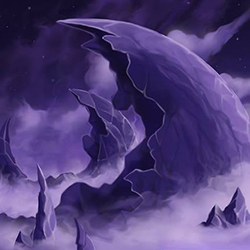
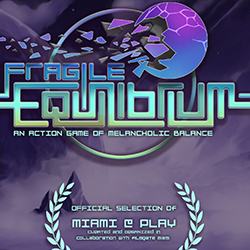
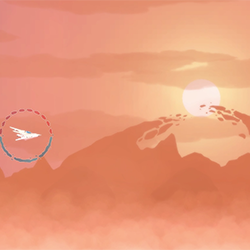
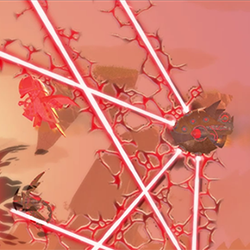


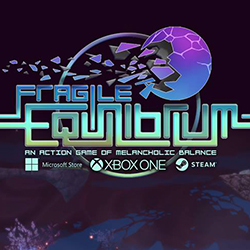
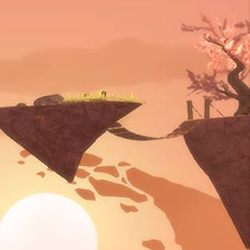
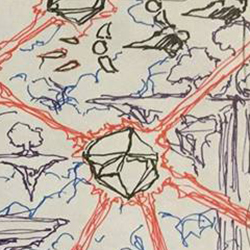
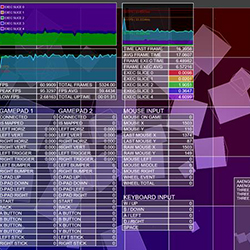
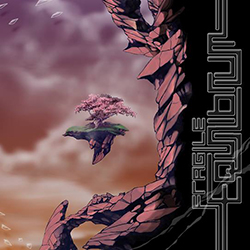
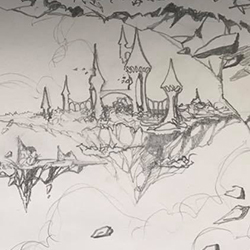

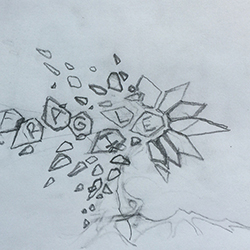
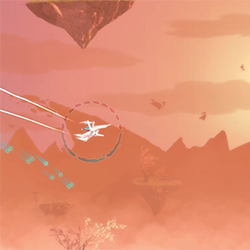
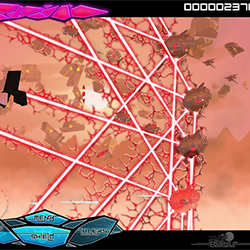
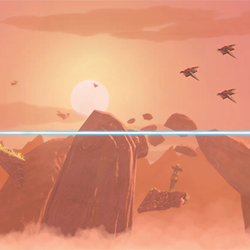
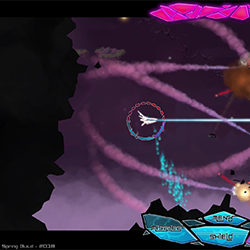
Hack, Slash & Backstab (2015-2016)
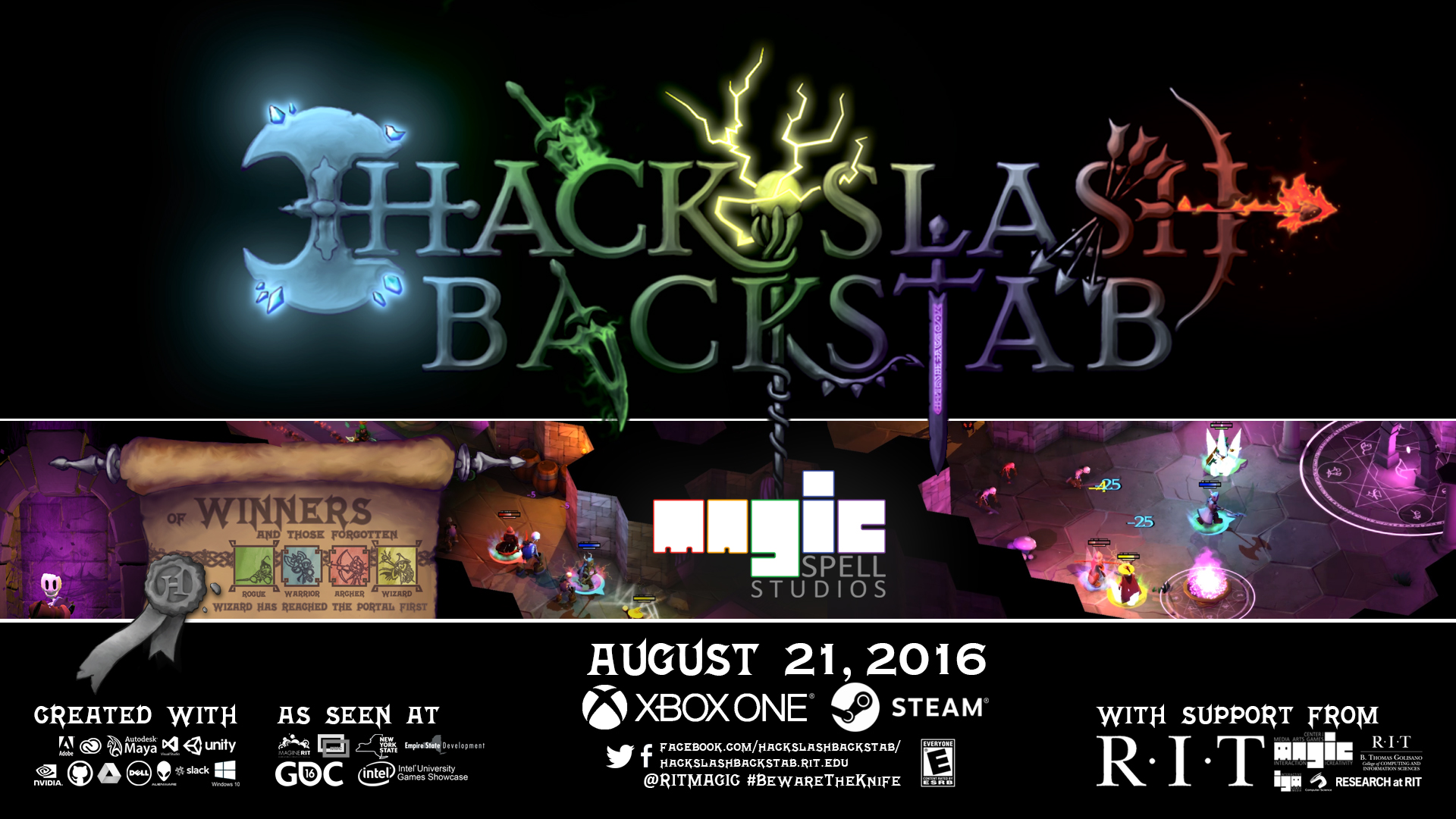
HSB is a multi-player arcade dungeon crawler with a twist! We’ve all been there: stack ranking, team projects, student or employee evaluations on a curve – groups of people that need each other, but that are evaluated individually to the detriment of true teamwork. In Hack, Slash & Backstab, we adapt these broken models to a 2-4 player couch co-op dungeon crawler, and use a game setting to seemingly reduce the stakes. Work together as warrior, rogue, wizard and archer to survive a dangerous world. But only one player will be crowned the winner: it becomes a fight to the death, as betrayal and backstab become the tools of choice. #bewaretheknife
From 2015-2016 Professor Phelps served as supervising faculty to the entire HSB project, first by advising his class on game production (where the game first came to life), and later supervising students directly through additional refinement, creation, production, certification, and publication processes in part-time and full-time studio roles. In addition he served as a graphic designer, UI/UX developer. and digital artist on the game, in collaboration with other members of the design and development team. Nearly all of the students who were a part of this experience have gone on to careers in game development, at studios such as Insomniac, Activision, Darkwind Media, and more. The launch of the game was featured at Inside HigherED, Campus Technology, PBS(WXXI), and other venues, as well as by local news media. The game was also a demonstration at the Game Developer's Conference (GDC), the Imagine RIT festival for 2 years running, the ROC GameFest, and was featured in numerous events and tours of the MAGIC Center by state and local officials. Students also presented the game at the INTEL Games Showcase in 2016 and were the 3rd place winners for visual quality. The game was built in Unity, and also used Adobe and Autodesk tools in production, as well as Z-Brush, Git, Google Docs, Slack, and other tools. HSB is rated 'Everyone 10+ with Mild Fantasy Violence' by the ESRB.
Additional Resources:
![]() Visit the HSB Website to learn more
Visit the HSB Website to learn more
![]() Play the game on XBOX One
Play the game on XBOX One
![]() Play the game on Steam
Play the game on Steam
![]() Purchase the game at the Humble Store
Purchase the game at the Humble Store
![]() See the video of the launch event and associated interviews
See the video of the launch event and associated interviews
![]() Read the RIT University News article on the launch
Read the RIT University News article on the launch
![]() Watch the HSB Post-Mortem Talk [~1hr presentation, 500MB streaming video]
Watch the HSB Post-Mortem Talk [~1hr presentation, 500MB streaming video]
![]() Get the HSB Post-Mortem Presenation Slides [MS Powerpoint, 35MB]
Get the HSB Post-Mortem Presenation Slides [MS Powerpoint, 35MB]
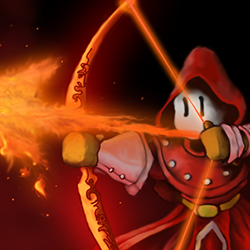
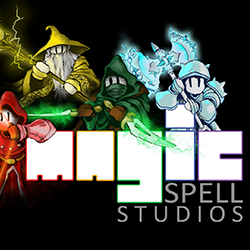
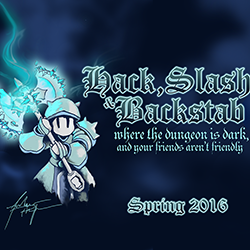
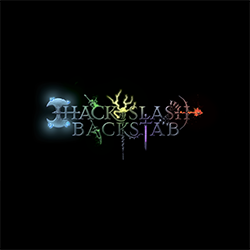
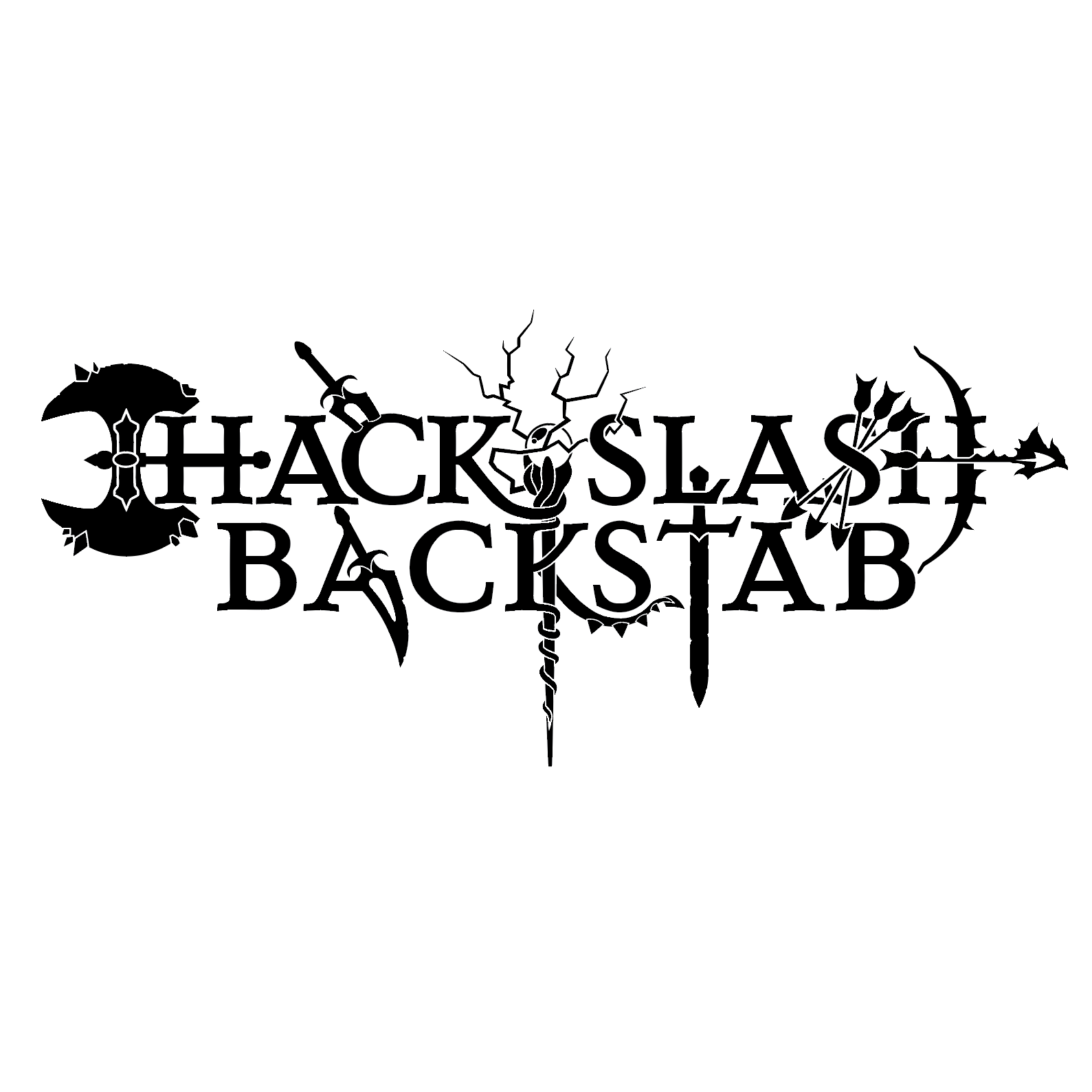

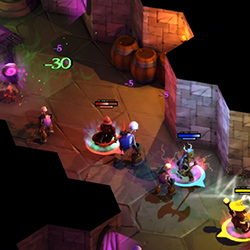
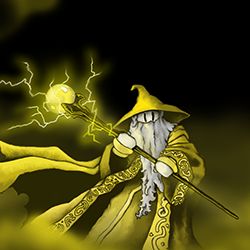
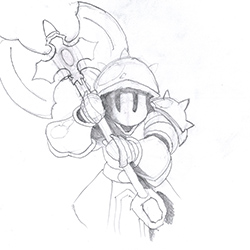
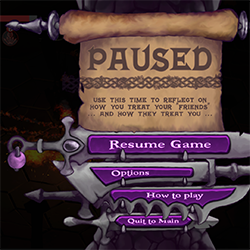
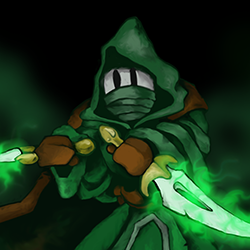
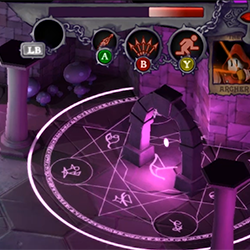

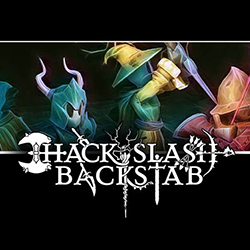
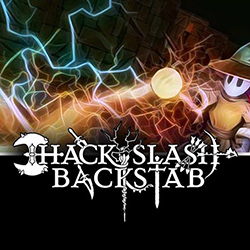

Splattershmup: A Game of Art & Motion (2013-2015)
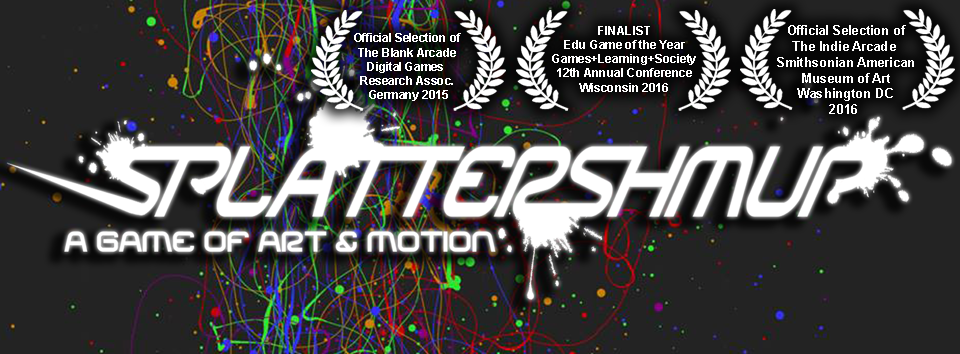
Splattershmup is a game that explores the intersection of the classic shoot-em-up (or "shmup") arcade game and gesturalized abstraction or "action painting" (a term coined by critic Harold Rosenburg in 1952 and often used to describe the work of American artist Jackson Pollock). It is intended to allow the player to reflect on their in-game actions and strategy through visual record, and to approach the creation of art as an arena of action. Art can thus be created, shared and discussed that comes "from inside the moment" of game-based decision.
Splattershmup was featured in the Blank Arcade at the Digital Games Research Association (DIGRA) 2015 Blank Arcade in Germany, was one of five finalists for Best Learning Game at the Games + Learning + Socity eleventh annual conference and showcase (GLS11), and was featured at the Indie Arcade in 2016 at the Smithsonian American Museum of Art. In addition, it was presented publicly at the Game Developer's Conference, Imagine RIT, and was chosen to represent the entire campus (in combination with live music, orchestra, and conductor) for the first-ever RIT West Coast Board of Trustees meeting.
The game is written in Javascript/HTML5/WebGL, and was written primarly by Professor Phelps and Aaron Cloutier, in collaboration with their game production class from fall of 2014. In addition, Sara Cometto, from the Alden Central School District in Alden, NY, has created 'An Interdisciplinary Teacher's Guide' for the game to help classroom teachers use Splattershmup in units exploring the work of Jackson Pollock, gestural abstraction, and modern art. The guide is intended for grades 3-8, and is adaptable for grades 2-12. The guide also grounds the classroom activity in National Core Arts Standards, and ISTE standards for students. Splattershmup is rated 'E for Everyone' by the ESRB.
Additional Resources:
![]() Visit the Splattershmup Website to learn more
Visit the Splattershmup Website to learn more
![]() Download Splattershmup for Windows 7/8 32-bit [59.8 MB]
Download Splattershmup for Windows 7/8 32-bit [59.8 MB]
![]() Download Splattershmup for Windows 7/8 64-bit [61.8MB]
Download Splattershmup for Windows 7/8 64-bit [61.8MB]
![]() Get Splattershmup for Windows 8|10 at the Windows Store
Get Splattershmup for Windows 8|10 at the Windows Store
![]() Get Splattershmup for Maverics / Yosimite [71.1MB]
Get Splattershmup for Maverics / Yosimite [71.1MB]
![]() Get Splattershmup as a Node-Webkit package [30.3MB]
Get Splattershmup as a Node-Webkit package [30.3MB]
![]()
![]() Play online in Chrome, IE11, or Edge
Play online in Chrome, IE11, or Edge
![]() Download the Splattershmup Teacher's Guide [PDF]
Download the Splattershmup Teacher's Guide [PDF]
![]() Get the Splattershmup Post Mortem Slides [MS PowerPoint 23.9MB]
Get the Splattershmup Post Mortem Slides [MS PowerPoint 23.9MB]
![]() Read the Splattershmup review on Kill Screen
Read the Splattershmup review on Kill Screen
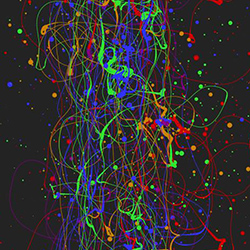
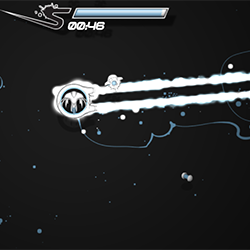
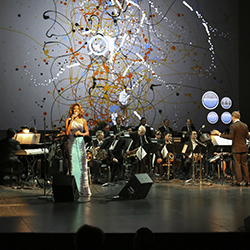

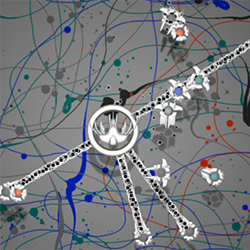
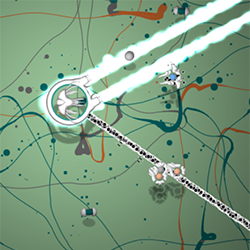

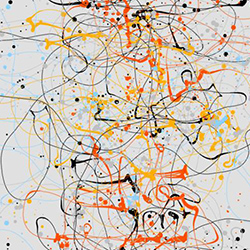
DelVR: A Virtual Reality Toolkit for Tabletop Games (2017-2018)
DelVR was a prototype project that explored the use of virtual reality with regard to table top role-playing games. The concept was based around the idea that instead of, or in addition to, text descriptions presented by a dungeon master, that various rooms and locations in the dungeon could be easily envisioned in VR and presented in quick interactions to players on their phones. The project linked a simple 2-dimentional drawing application, or 'dungeon creator' to an algorithm that would automagically created textured 3D environments from these basic maps, and allow the author to place objects and details of various kinds in the rooms, thereby providing a kind of 'shared space' for players as they progressed through a campaign. It was shown at the Imagine RIT Festival in the spring of 2018 to an audience of several thousand. DelVR was produced through the production studio class taught by Professor Phelps in conjunction with the MAGIC Center and MAGIC Spell Studios at the Rochester Institute of Technology.
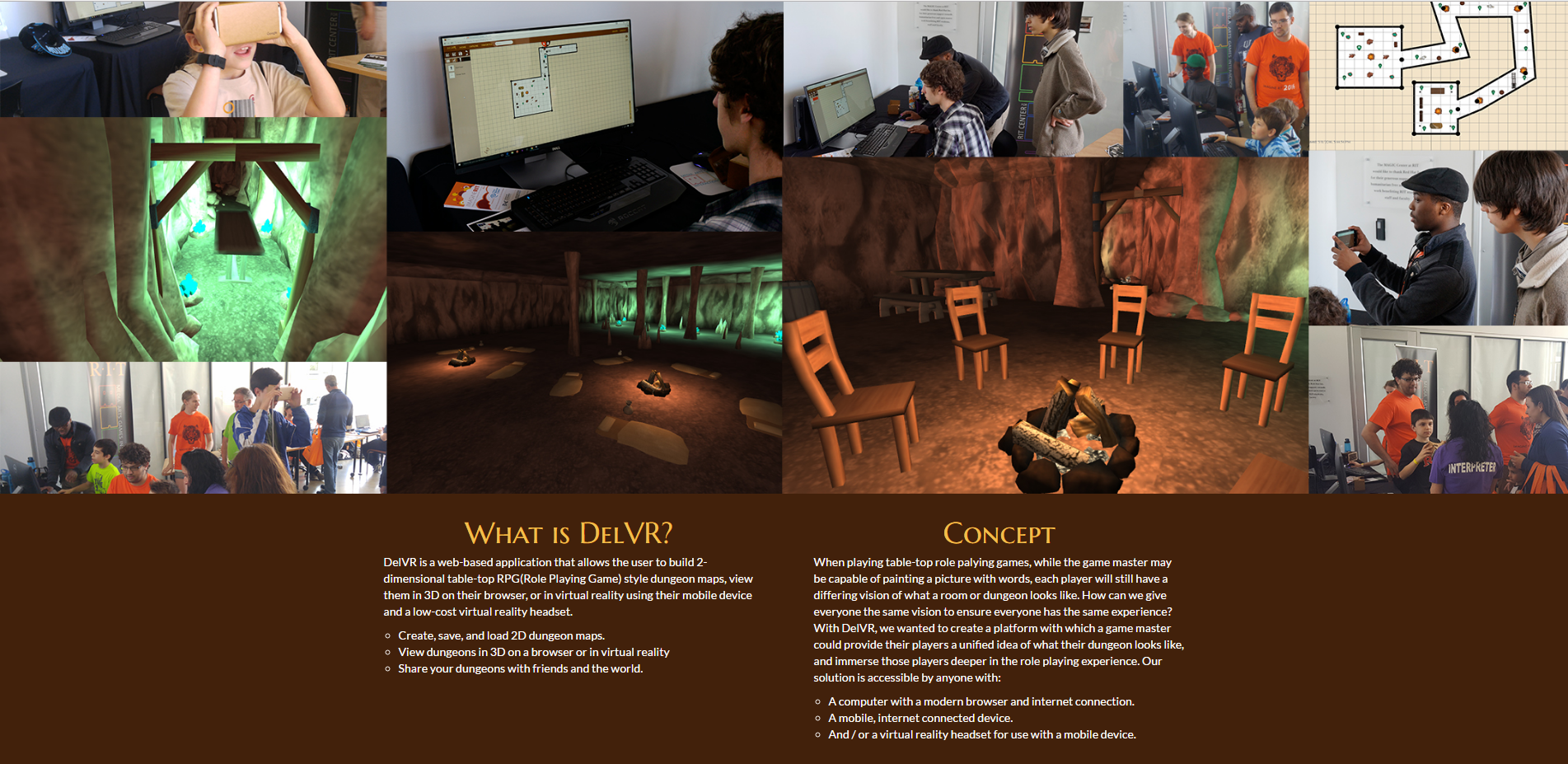
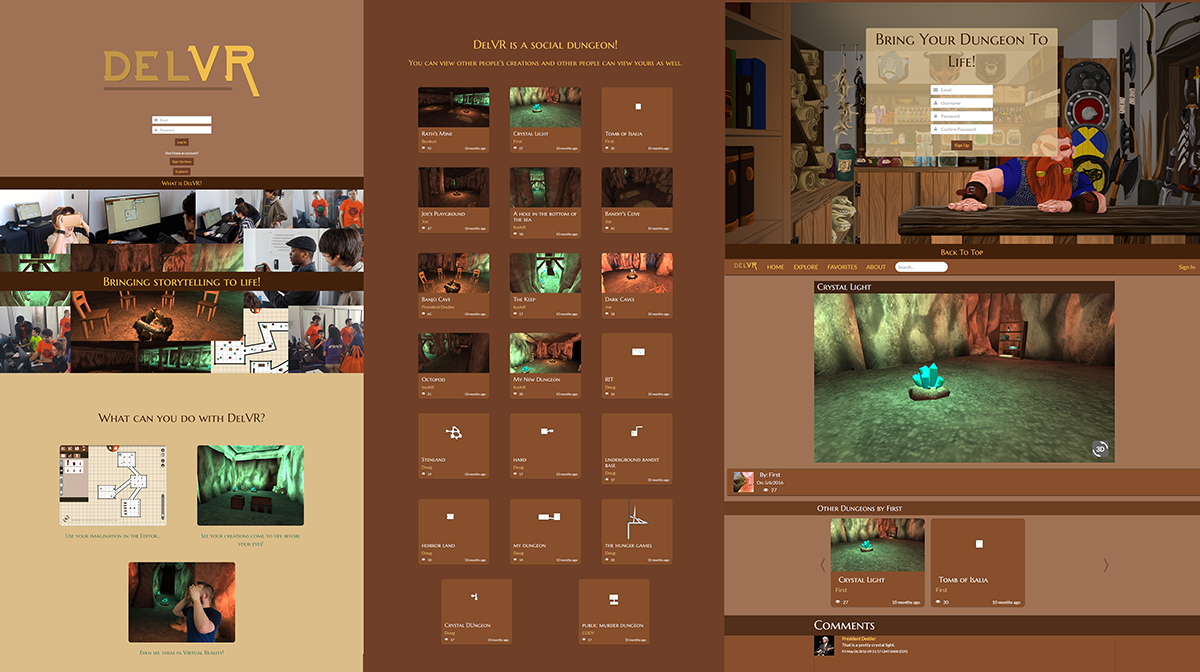

GDD, IGM, MAGIC Center, MAGIC Spell Studios and RIT Promotional Designs (2004-2018)
Over the years at RIT, Professor Phelps has been responsible for numerous designs, collages, postcards, posters, and visual designs representing the academic units he was associated with. This is generally because there was not a budget for graphic design and branding initiatives, but also because the brand and visual aesthetic of the Game Design & Development program, the School of Interactive Games & Media, and perhaps most critically the MAGIC Center and associated studio often stood apart from the collective visual design of the university. The designs here are an assortment of the kinds of pieces, materials, and visual work that has been ongoing during his various posts in leadership and administration. Several of these, such as the IGM logo, the desktop posters, and promotional postcards feature elements of other games, projects or designs created in collaboration with colleagues and students. Nonetheless, the compositions and ultimate designs are original.
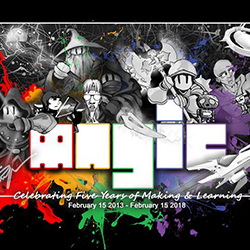
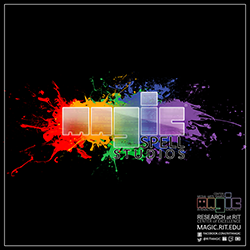
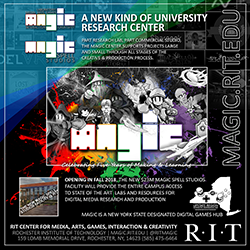

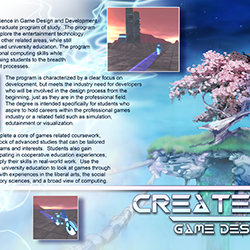
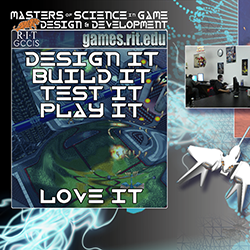
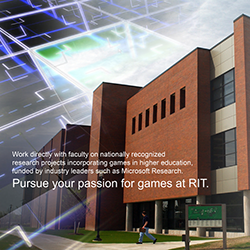
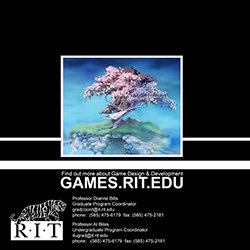
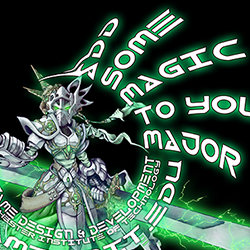
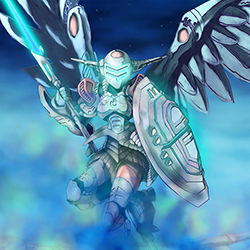
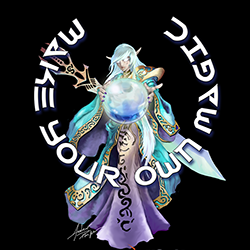
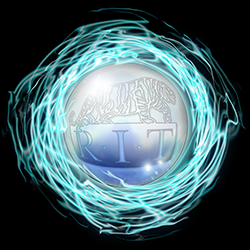
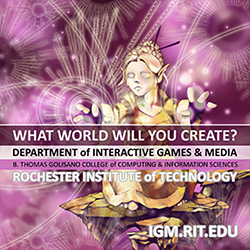
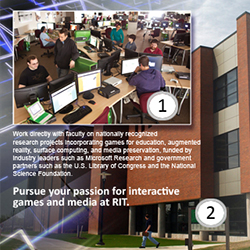
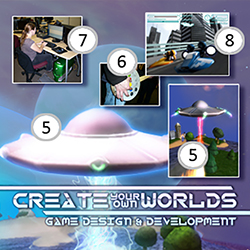
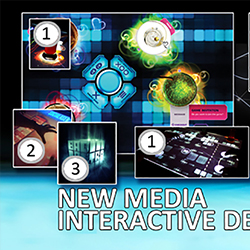
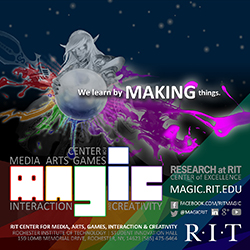
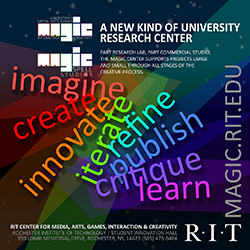
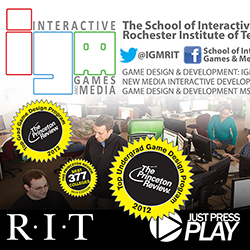
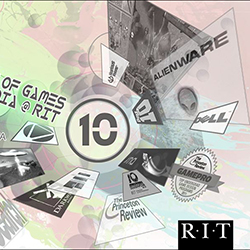
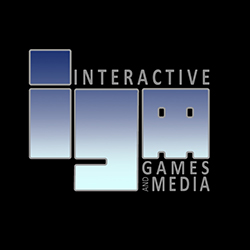
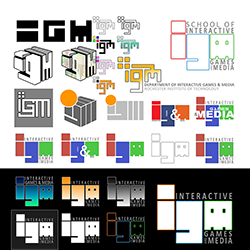
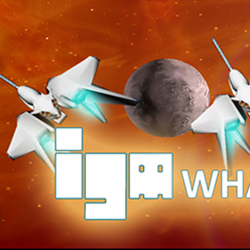
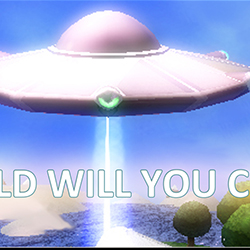
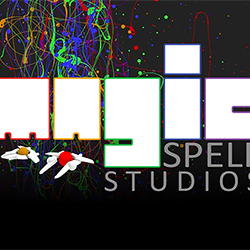
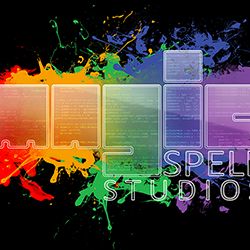

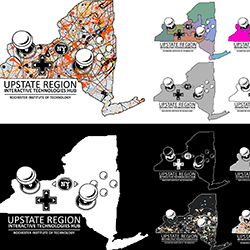

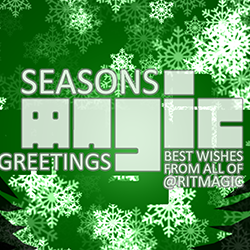
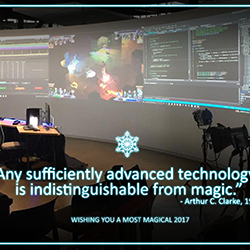
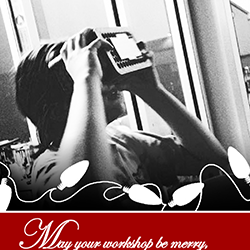
Just Press Play (2009-2013)
Just Press Play was an open-source digital and physical achievement system based on the idea that the behaviors of successful students are not just measured by academic success, but is rather a culmination of social, creative, collaborative, and academic behaviors in unison. The goal was to develop a game-based achievement system that helps our students navigate the intellectual, social, and developmental challenges of their undergraduate experience, and provides them with a clearer picture of their progress. The first phase is the design and development of a small-scale, "proof of concept" pilot project to address the very specific needs of undergraduate students in a games-focused department at a technical university, such as the Interactive Games and Media unit at the Rochester Institute of Technology. The second phase created a cloud-based platform and library for other universities and departments to use in creating their own similar efforts. This effort is funded through a gift from Microsoft Research Connections. Phelps served as the director of IGM during the project, was instrumental in securing the funding and support, and worked with the entire department/school in facilitating the overall effort, and in supporting Prof. Lawley as the project manager and principal investigator of the work. He is pictured below as a part of the 'Run The Gauntlet' achievement with RIT President William Destler and the Just Press Play core team.

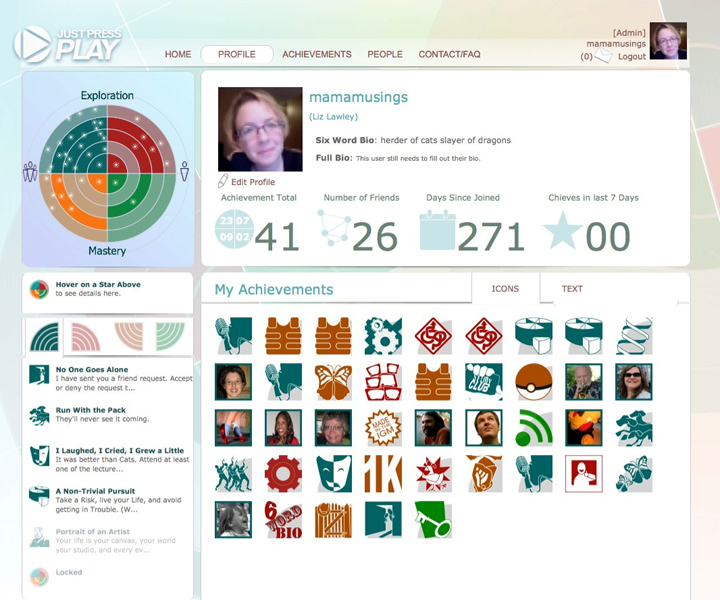

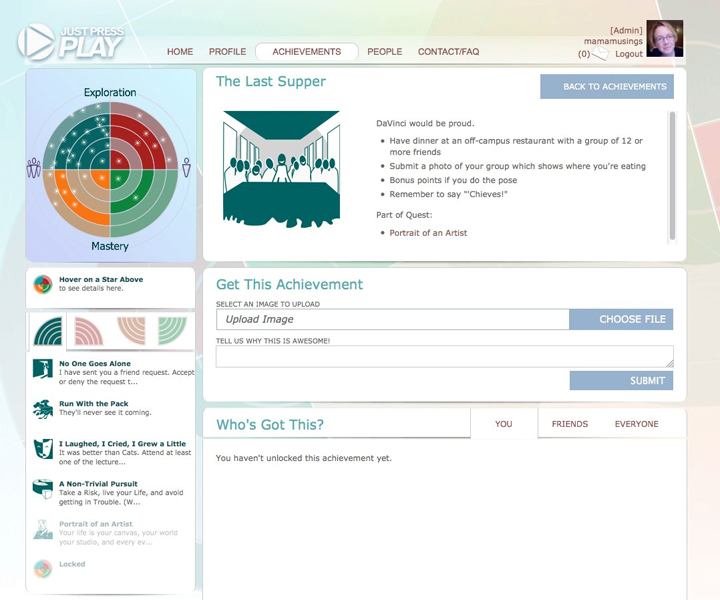
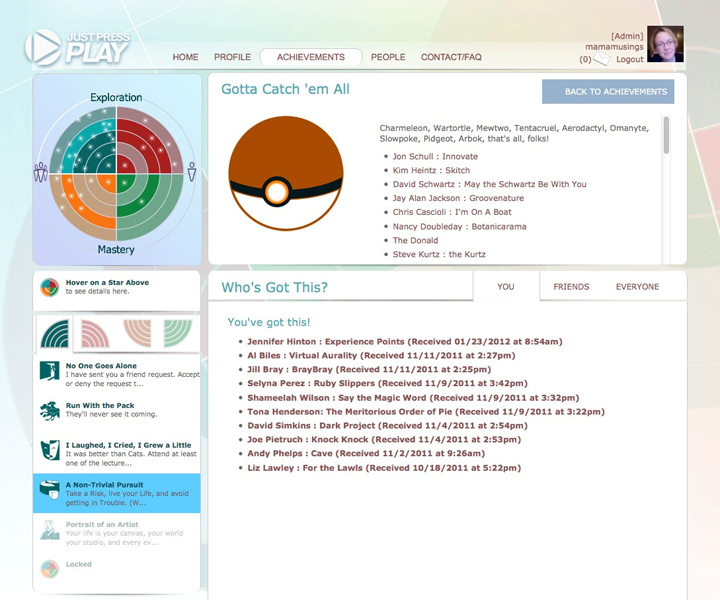
Additional Resources:
![]() Microsoft Research Website on Just Press Play
Microsoft Research Website on Just Press Play
![]() Presentation on JPP by Lawley and Phelps at Microsoft Research
Presentation on JPP by Lawley and Phelps at Microsoft Research
![]() Video overview of Just Press Play at Microsoft Research
Video overview of Just Press Play at Microsoft Research
![]() RIT University News coverage of the Run the Gauntlet achievement
RIT University News coverage of the Run the Gauntlet achievement
![]() Martinez, R., Martin, C., Harris, S., Squire, K. Lawley, E. and Phelps, A. (2012) “Just Press Play: Design Implications for Gamifying the Undergraduate Experience” in Games + Learning + Society (GLS) Conference 8.0 Conference Proceedings. Carnegie Mellon University. p.9-13. https://doi.org/10.1184/R1/6686786.v1
Martinez, R., Martin, C., Harris, S., Squire, K. Lawley, E. and Phelps, A. (2012) “Just Press Play: Design Implications for Gamifying the Undergraduate Experience” in Games + Learning + Society (GLS) Conference 8.0 Conference Proceedings. Carnegie Mellon University. p.9-13. https://doi.org/10.1184/R1/6686786.v1
![]() Harris, S., Martinez, R., Martin, C., Phelps, A., Lawley, E. and Squire, K. (2012) “The Role of Quantitative Assessment in Just Press Play: A Pervasive Game Addressing College Retention Issues and the Overall College Experience” in Games + Learning + Society (GLS) Conference 8.0 Conference Proceedings. Carnegie Mellon University. p.132-136. https://doi.org/10.1184/R1/6686786.v1
Harris, S., Martinez, R., Martin, C., Phelps, A., Lawley, E. and Squire, K. (2012) “The Role of Quantitative Assessment in Just Press Play: A Pervasive Game Addressing College Retention Issues and the Overall College Experience” in Games + Learning + Society (GLS) Conference 8.0 Conference Proceedings. Carnegie Mellon University. p.132-136. https://doi.org/10.1184/R1/6686786.v1
![]() Lawley, E. L., & Phelps, A. (2013). “You Know You’re Going to Fail, Right?”: Learning From Design Flaws in Just Press Play at RIT. GLS 9.0 Conference, Madison, WI. Available Online: https://scholarworks.rit.edu/cgi/viewcontent.cgi?article=1951
Lawley, E. L., & Phelps, A. (2013). “You Know You’re Going to Fail, Right?”: Learning From Design Flaws in Just Press Play at RIT. GLS 9.0 Conference, Madison, WI. Available Online: https://scholarworks.rit.edu/cgi/viewcontent.cgi?article=1951
The Multi-User Programming Pedagogy for Enhancing Traditional Study (M.U.P.P.E.T.S.)
2003-2008
The Multi-User Programming Pedagogy for Enhancing Traditional Study (M.U.P.P.E.T.S.) was a virtual world environment in which students can learn programming through the creation of compelling graphical, interactive content. The M.U.P.P.E.T.S. engine was developed from scratch using state-of-the-art practices from the entertainment technology sector, boasting such features as OpenGL/DirectX accelerated multipass rendering solutions, octree systems, support for model formats, advanced lighting and shading, and much more. Along with graphics support, the engine supported networking, user interface creation and layout, persistence mechanisms, and audio. These features are also combined with support for Sun Microsystems' Java and Microsoft's C# programming languages allowing users to script the engine in real time.
The purpose of the M.U.P.P.E.T.S. platform was to support to support objects-first pedagogy for introductory programmers, allowing novice programmers to create and extend a virtual 3D world right from the beginning. In addition, involvement has included the supervision, instruction, and co-development with students attempting to solve difficult problems within M.U.P.P.E.T.S., including managed/unmanaged code interoperability, thread management, and debugging for multi-processor systems, as well as application areas ranging from educational games for foreign language acquisition, molecular visualization and scientific rendering, support for virtual theatre and mixed reality performances, and the creation of advanced 3D games in downstream coursework. This effort was funded through partnership with Microsoft Research.
Numerous papers and articles were published about the platform and its educational impact, as noted in Phelps' CV, including a 2005 SIGGRAPH Course. M.U.P.P.E.T.S. was also the first project to be formally released as Open Source within the RIT B. Thomas Golisano College of Computing & Information Sciences. Phelps ran the M.U.P.P.E.T.S. research group with involvement and support from Prof. Chris Egert and Prof. Kevin Bierre, as well as students David Parks and Peter Kuhn, among numerous others.

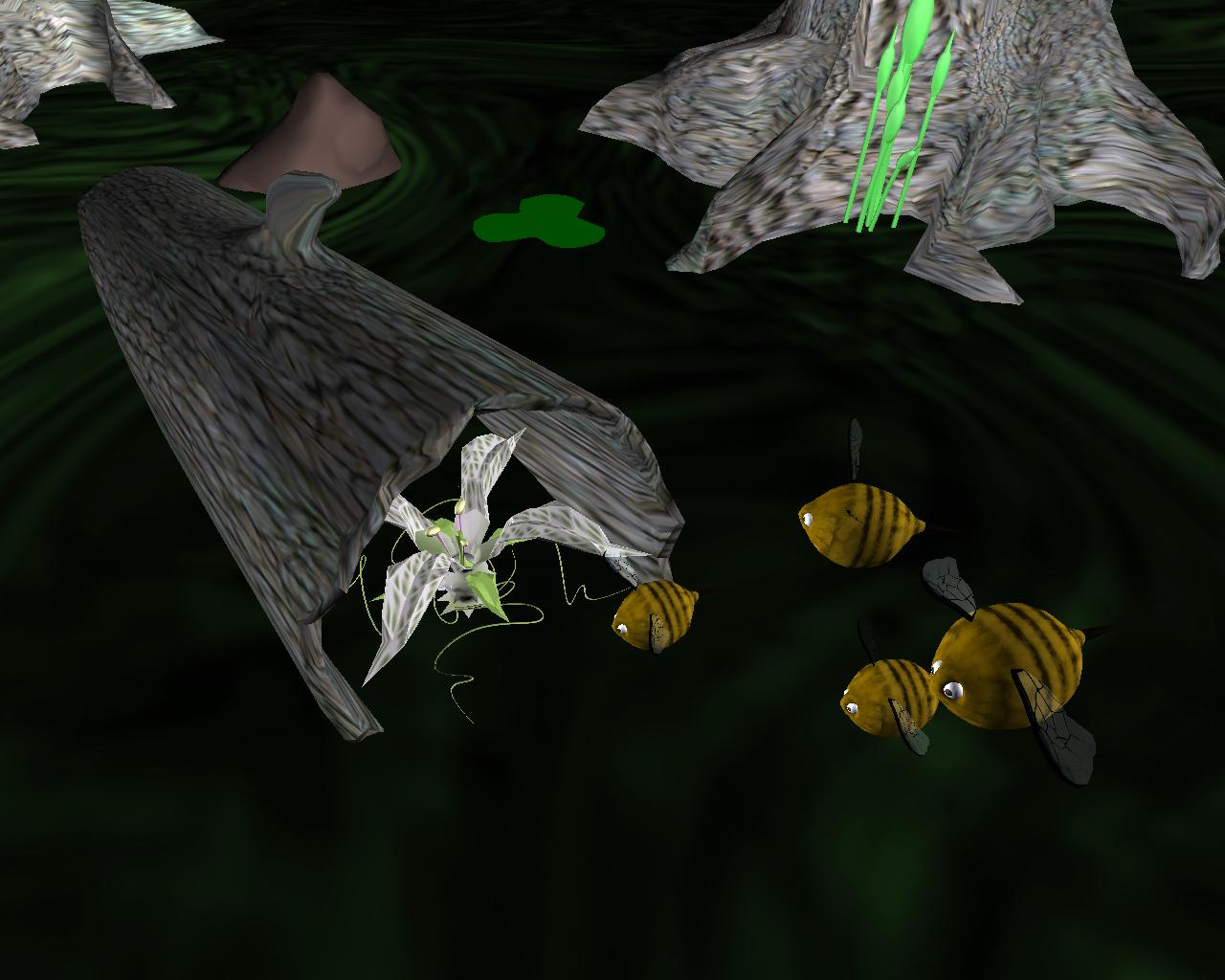
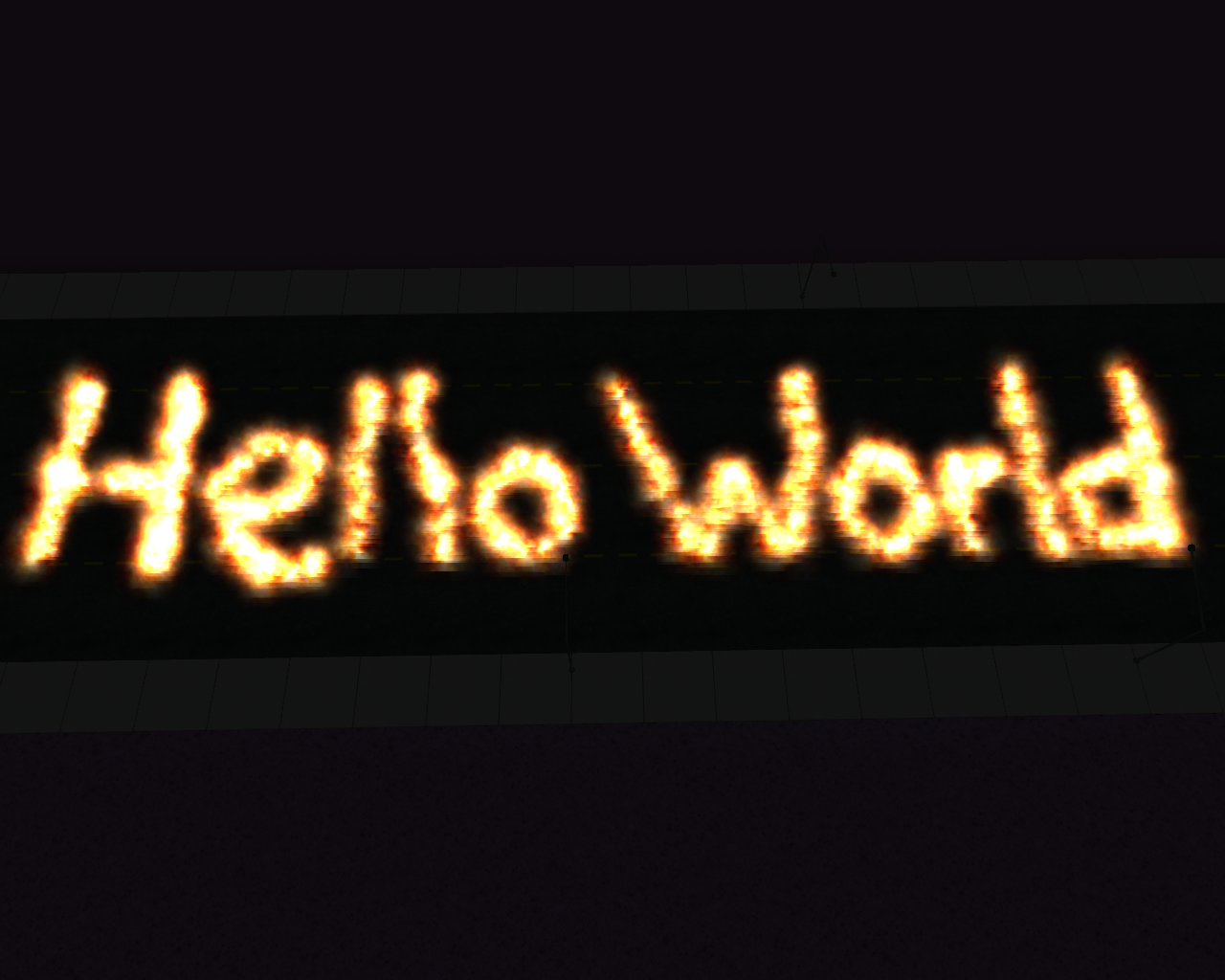
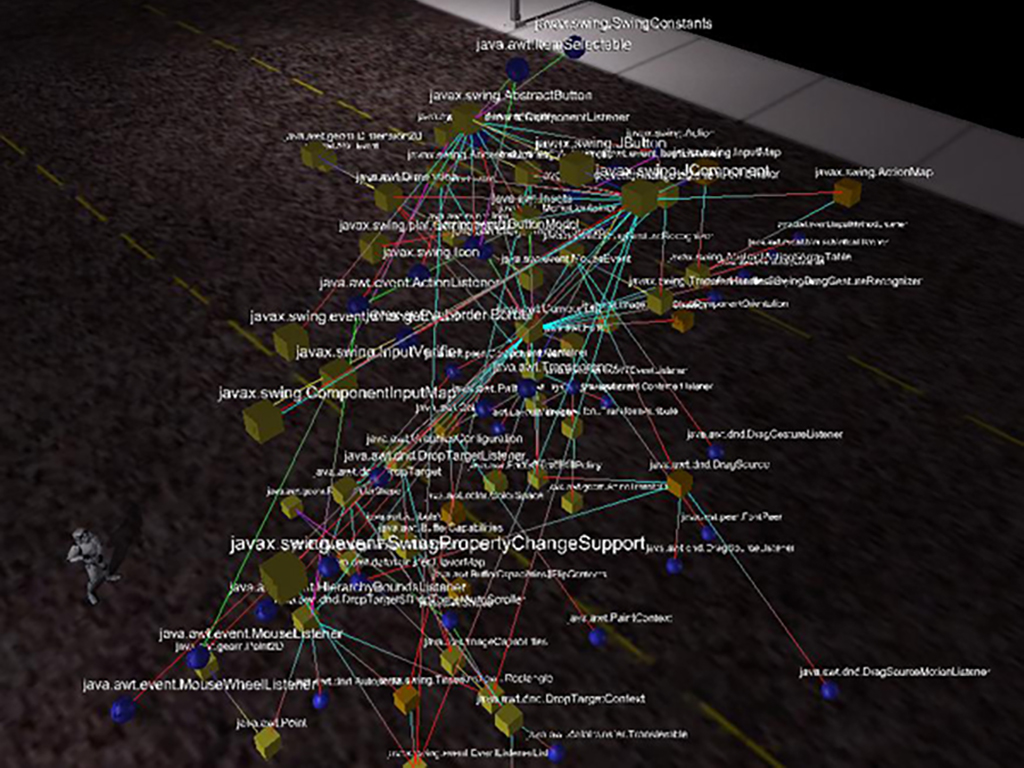
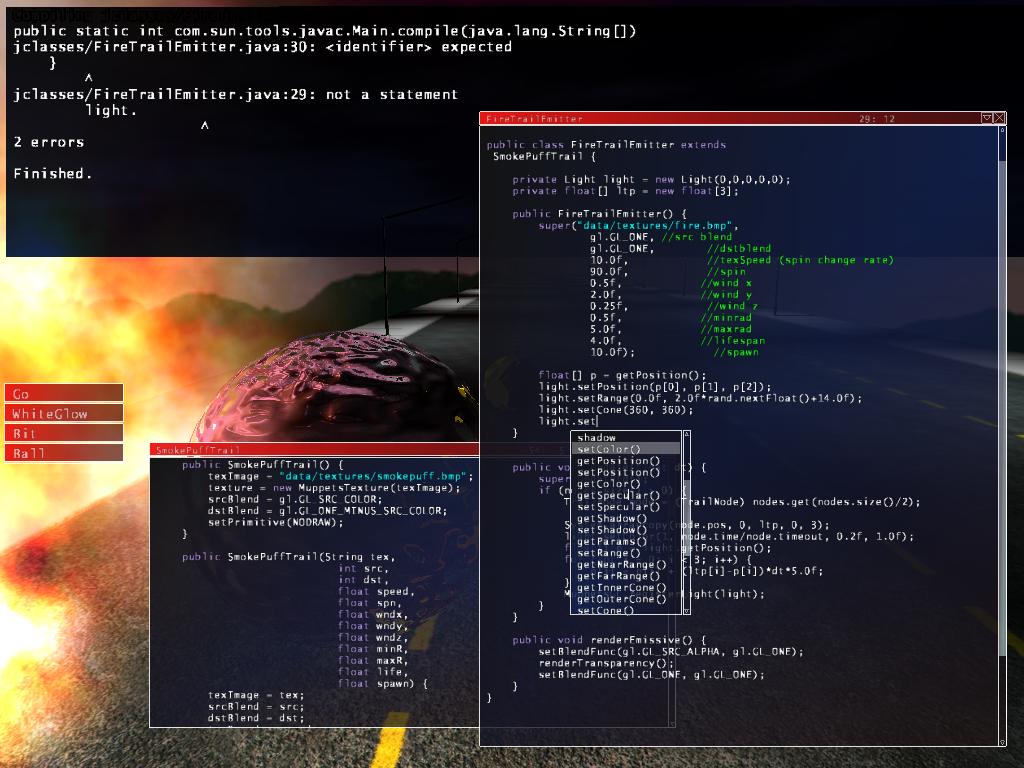
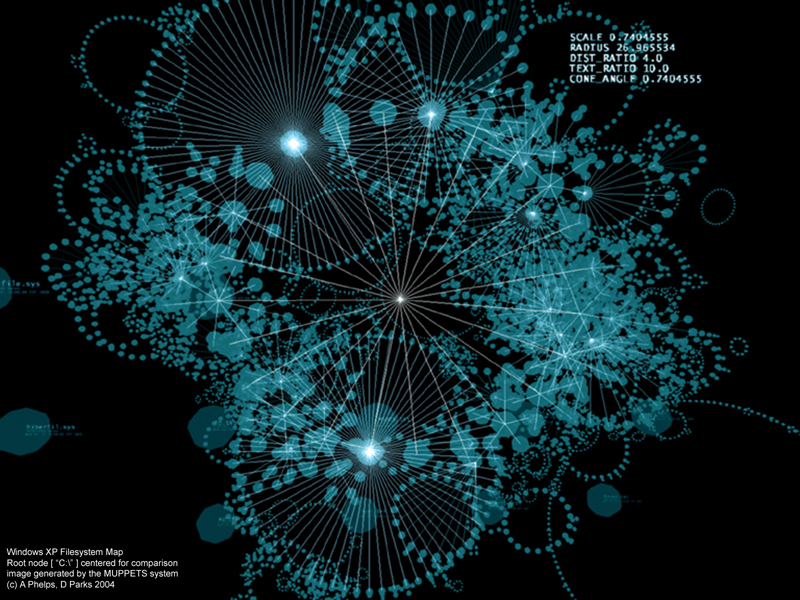
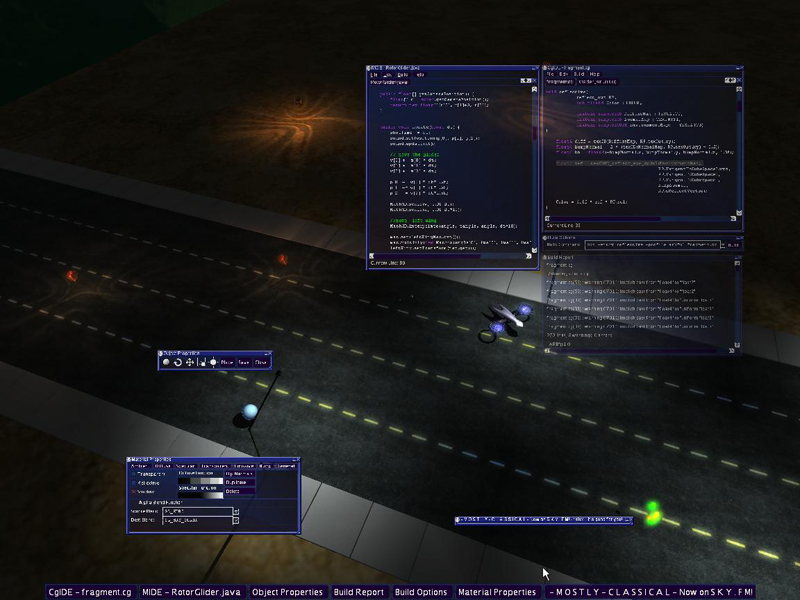
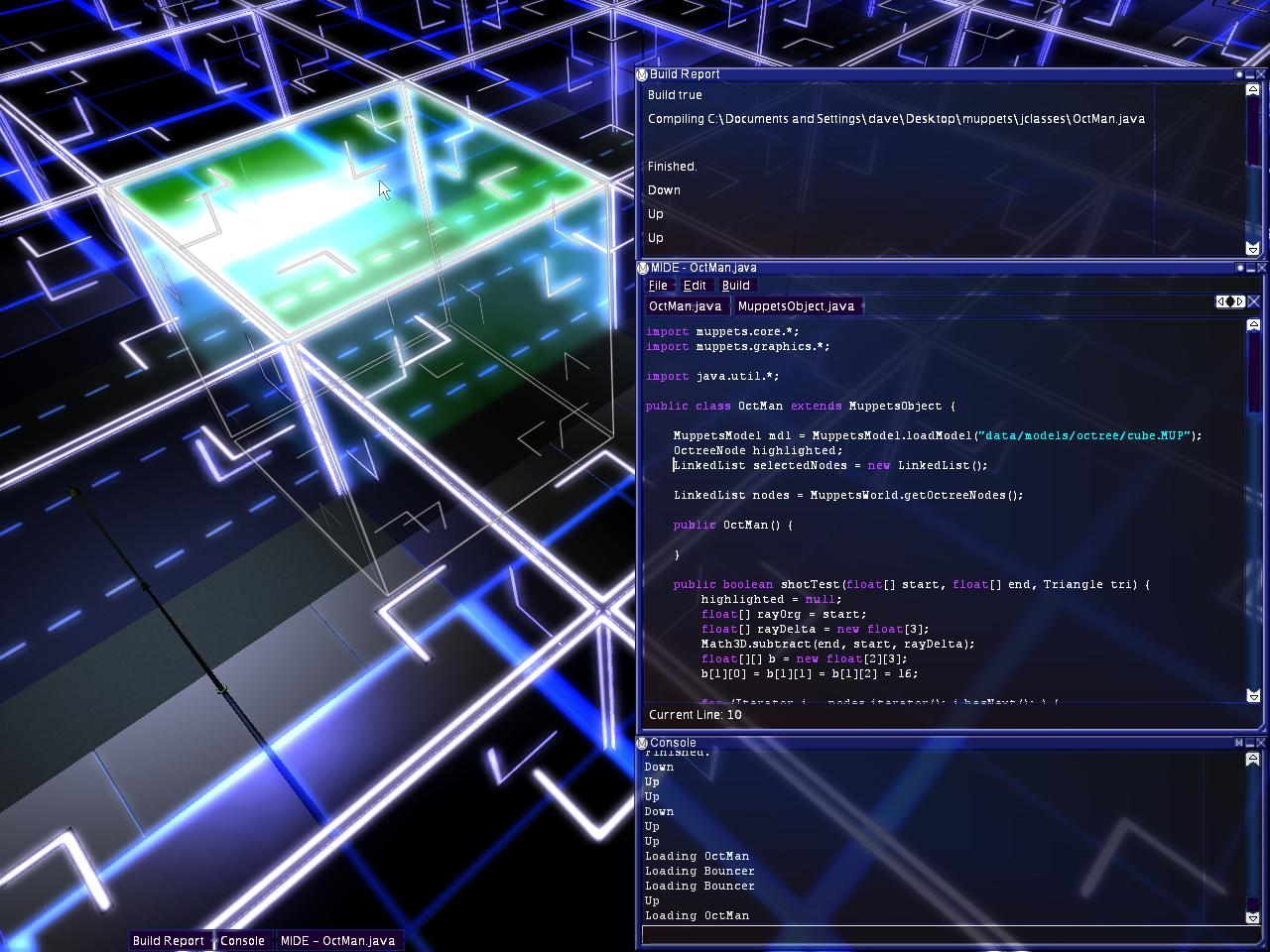



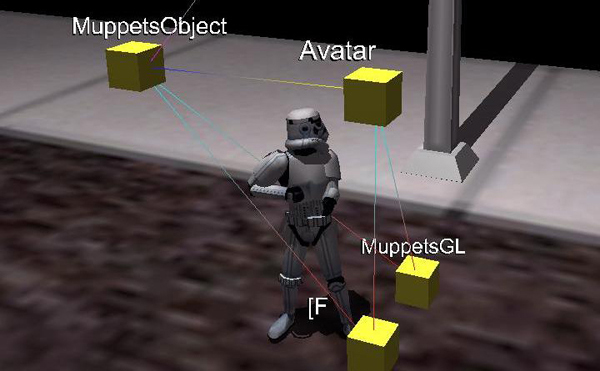
Selected Publications:
![]() K. Bierre and A. Phelps, The Use of MUPPETS in an Introductory Java Programming Course, in Proceedings of the 5th Conference on Information Technology Education, pp. 122-127, 2004
K. Bierre and A. Phelps, The Use of MUPPETS in an Introductory Java Programming Course, in Proceedings of the 5th Conference on Information Technology Education, pp. 122-127, 2004
![]() K. Bierre, P. Ventura, A. Phelps, and C. Egert, Motivating OOP by Blowing Things Up: An Exercise in Cooperation and Competition in an Introductory Java Programming Course, in Proceedings of the 37th SIGCSE Technical Symposium on Computer Science Education, pp. 354-358, 2006
K. Bierre, P. Ventura, A. Phelps, and C. Egert, Motivating OOP by Blowing Things Up: An Exercise in Cooperation and Competition in an Introductory Java Programming Course, in Proceedings of the 37th SIGCSE Technical Symposium on Computer Science Education, pp. 354-358, 2006
![]() A. Phelps, K. Bierre, and D. Parks, MUPPETS: Multi-User Programming Pedagogy for Enhancing Traditional Study, in Proceedings of the 4th Conference on Information Technology Education, pp. 100-105, 2003
A. Phelps, K. Bierre, and D. Parks, MUPPETS: Multi-User Programming Pedagogy for Enhancing Traditional Study, in Proceedings of the 4th Conference on Information Technology Education, pp. 100-105, 2003
![]() A. Phelps, C. Egert, and K. Bierre, MUPPETS: Multi-User Programming Pedagogy for Enhancing Traditional Study: An Environment for both Upper and Lower Division Students, in Frontiers in Education, 2005
A. Phelps, C. Egert, and K. Bierre, MUPPETS: Multi-User Programming Pedagogy for Enhancing Traditional Study: An Environment for both Upper and Lower Division Students, in Frontiers in Education, 2005
![]() A. Phelps, C. Egert, K. Bierre, and D. Parks, An Open-Source CVE for Programming Education: A Case Study, in The 32nd International Conference on Computer Graphics and Interactive Techniques (SIGGRAPH) Supplemental Notes - Educators Half Day Session, 2005
A. Phelps, C. Egert, K. Bierre, and D. Parks, An Open-Source CVE for Programming Education: A Case Study, in The 32nd International Conference on Computer Graphics and Interactive Techniques (SIGGRAPH) Supplemental Notes - Educators Half Day Session, 2005
![]() A. Phelps and D. Parks, Fun and Games with Multi-Language Development, QUEUE, vol. 1, no. 10, pp. 2-12, 2004
A. Phelps and D. Parks, Fun and Games with Multi-Language Development, QUEUE, vol. 1, no. 10, pp. 2-12, 2004
Wings of Megaira (2004)
In the summer of AY2004 Phelps conceived of a small vertical shmup game to help showcase the growing work in game design at RIT in the Information Technology department (this work predating both the games degrees and the school that would later be established). Working with students from his 2D and 3D programming class, Phelps oversaw production of the game during the spring and summer, which eventually helped land the students involved careers in industry as well as hone their experiences in engine development, game design, and DirectX. Numerous smaller projects and experiments in lightmapping, collision detection, rendering, and other issues were brought together in this piece, which was eventually a submission in the Independent Game Festival in 2005.
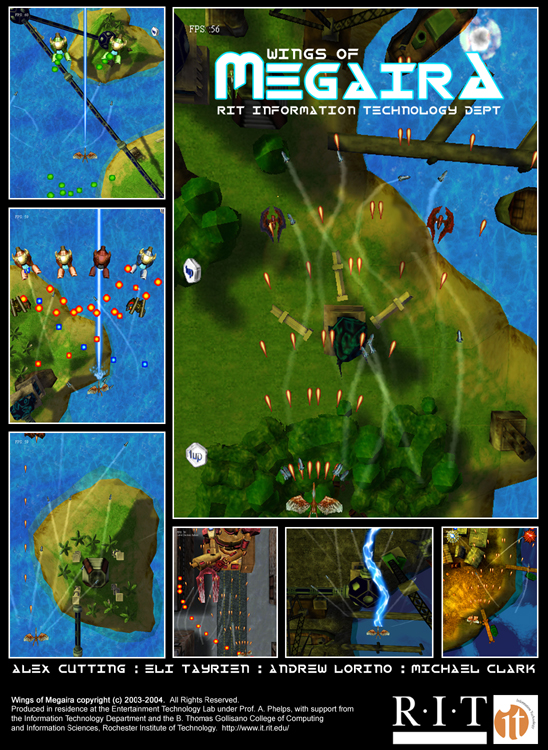
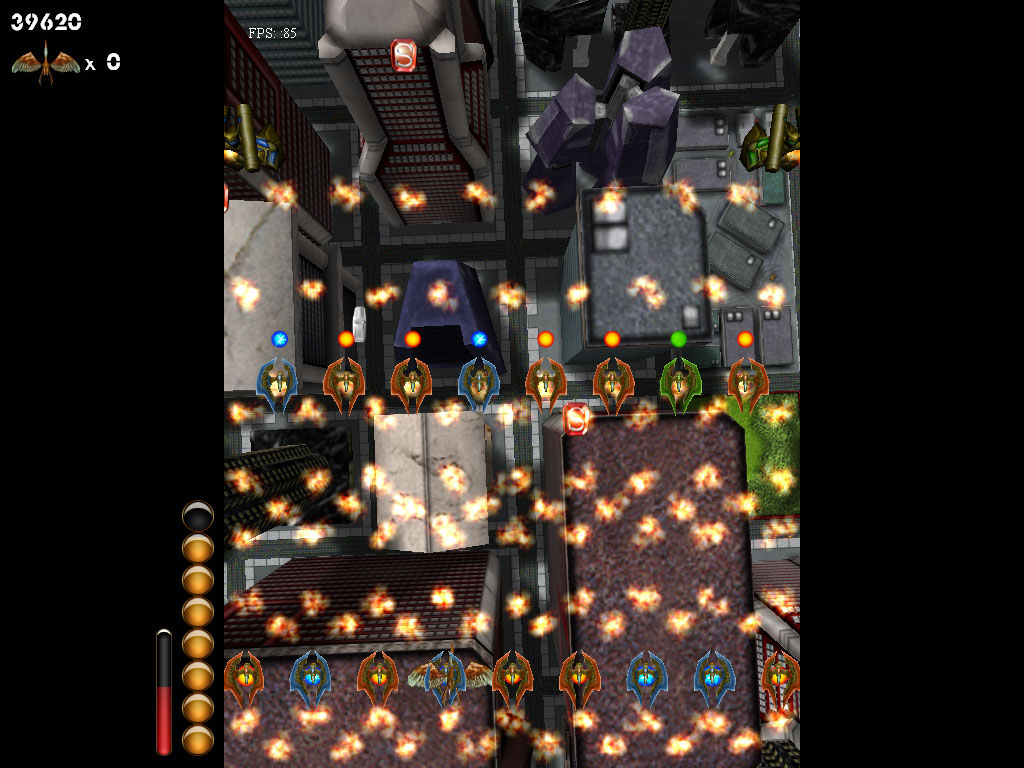
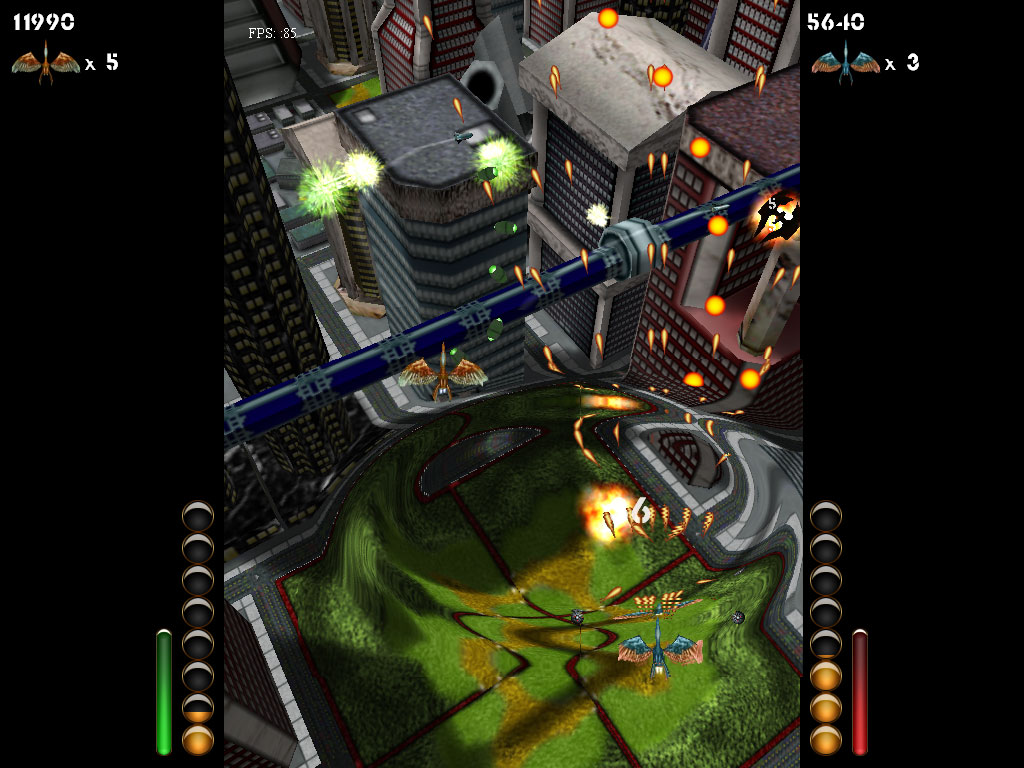
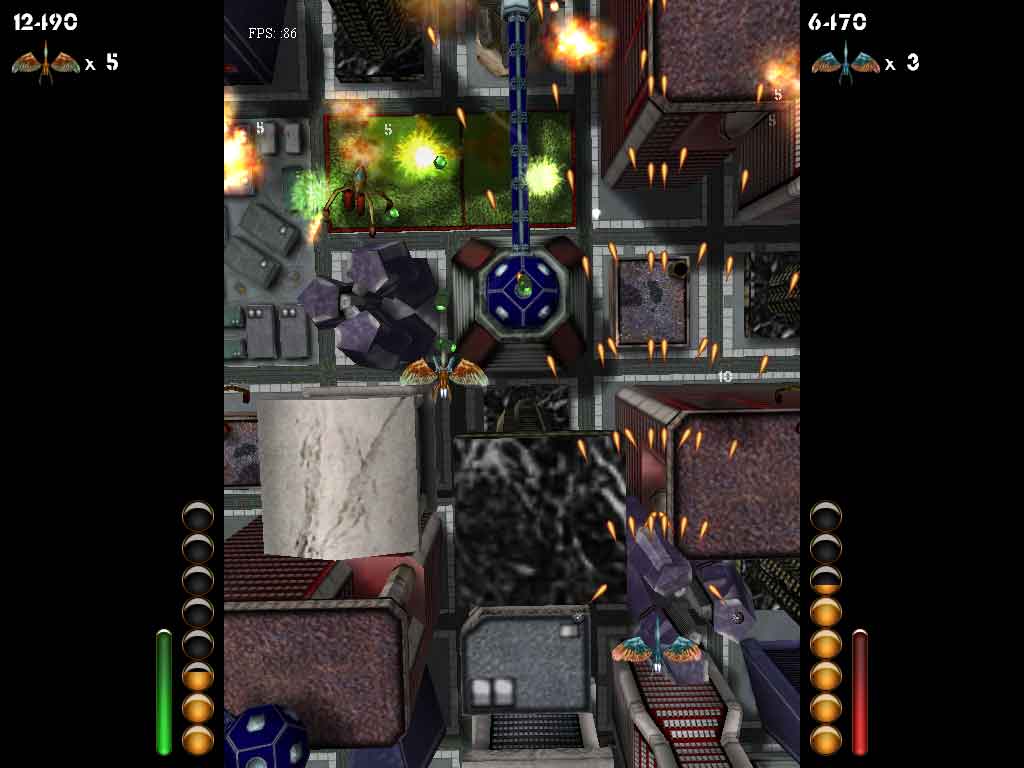
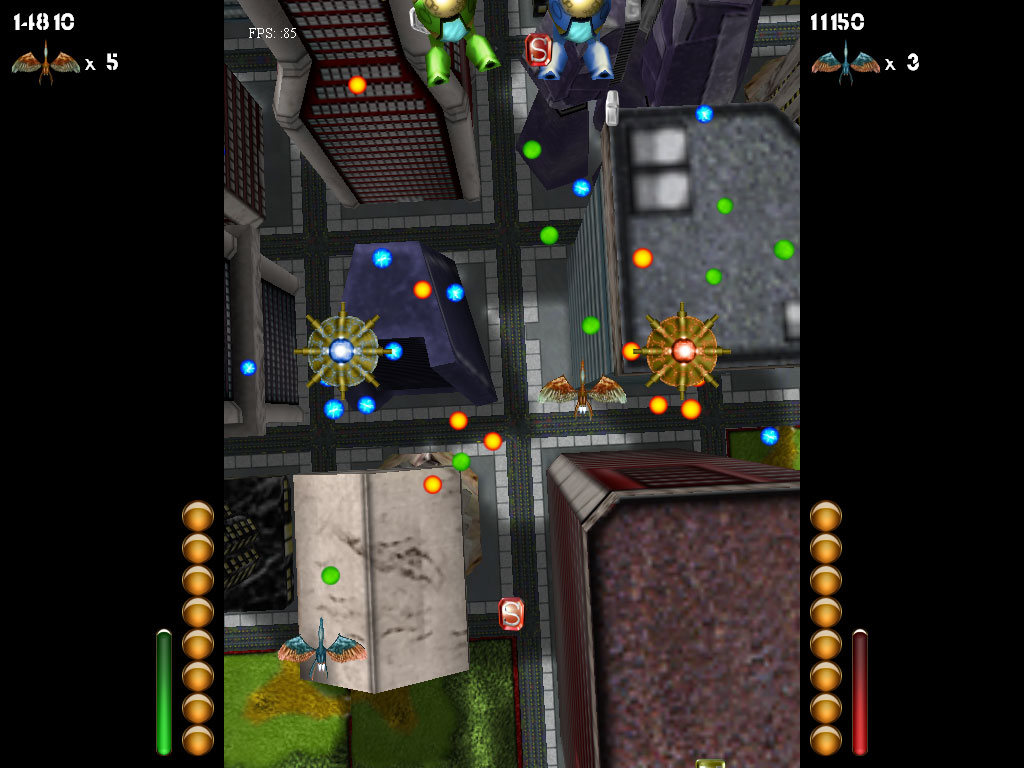
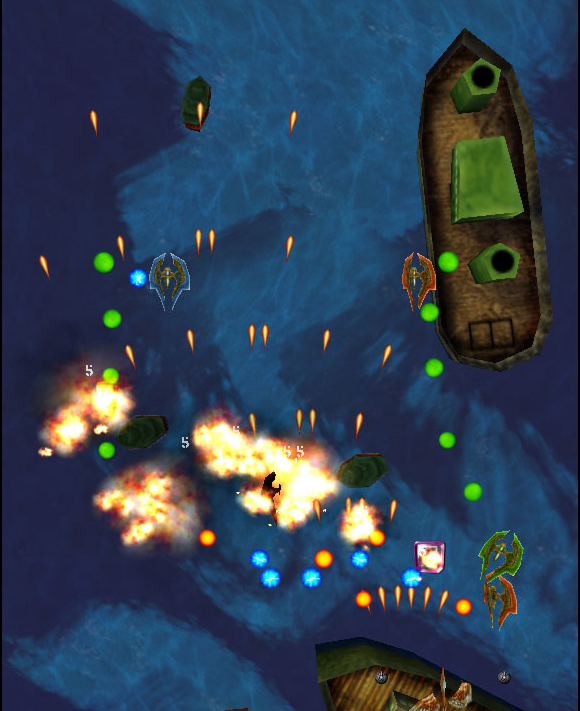

Drawing, Painting & Coding at Random (Birth-Present)
This section of the gallery features several works by Phelps spanning time spent in residence at Bowling Green State University, time teaching and practicing in the Information Sciences & Technologies faculty at RIT, and time at IGM, MAGIC, and more. Pieces include casual sketches, favorite paintings in oils, acrylics, and watercolors, digital 2D and 3D graphics, pen and pencil, pastels, and other media. Also of note is his personal favorite Splattershmup painting, which was produced during personal development and game engine testing.
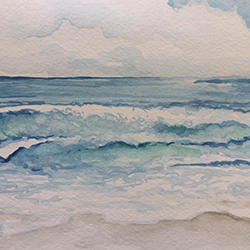
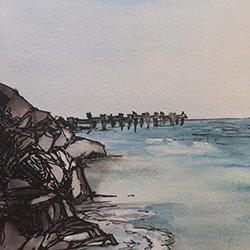
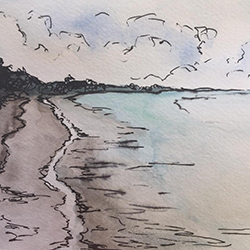
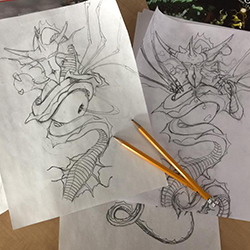
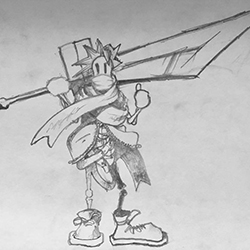
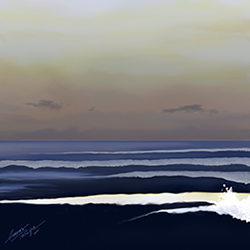
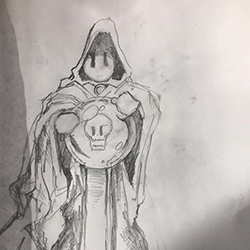
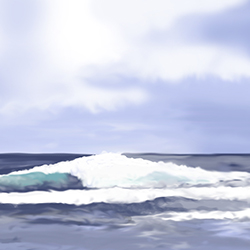
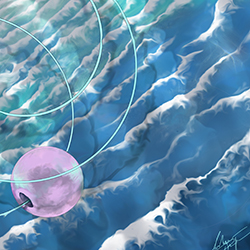
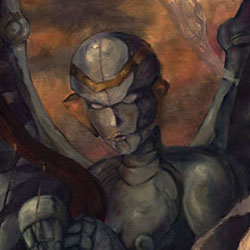
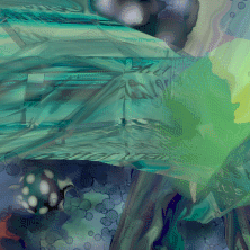


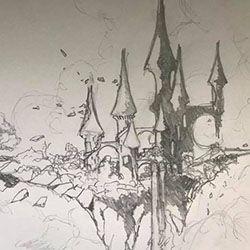
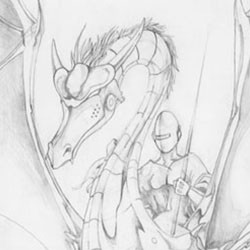
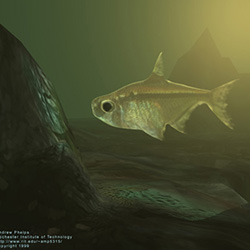
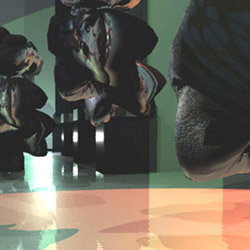
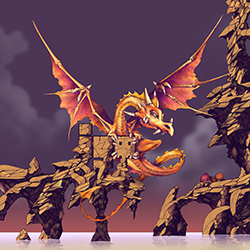

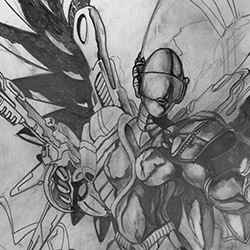
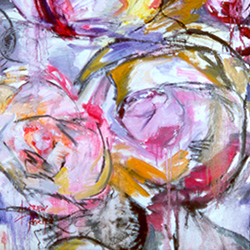
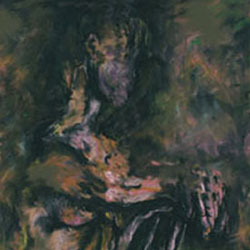
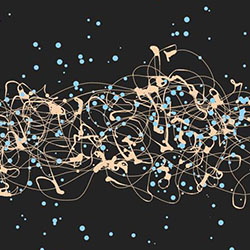
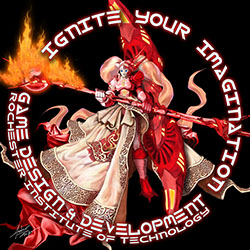
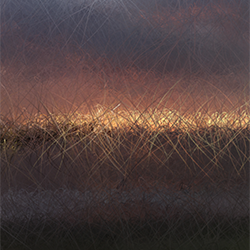

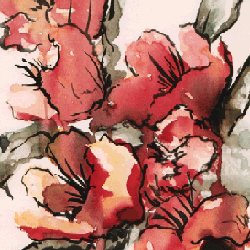

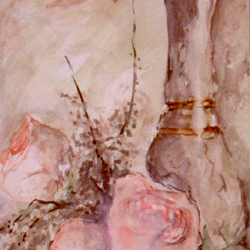
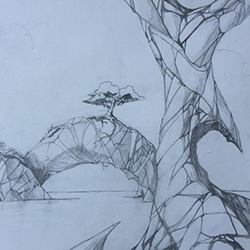
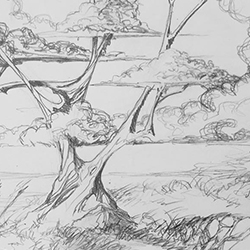
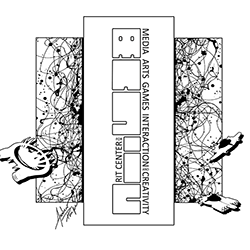








Watercolor & Ink Sabbatical Sketches (2018-2019)
This section of the gallery features several small watercolors that were daily work during Phelps' sabbatical from 2018-2019. They are intended to be short, quick works capturing moments in the world during that time.
















































































































































































































































































































































































Other Things At Andyworld







